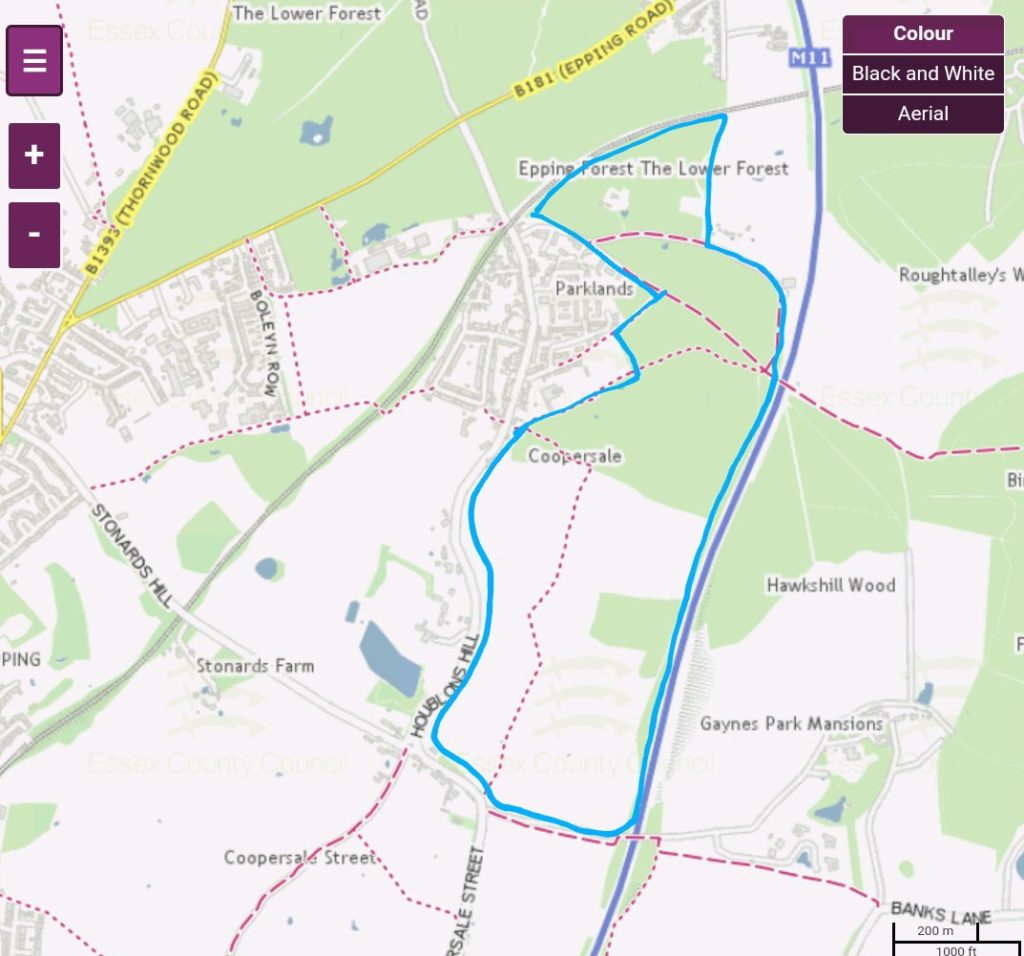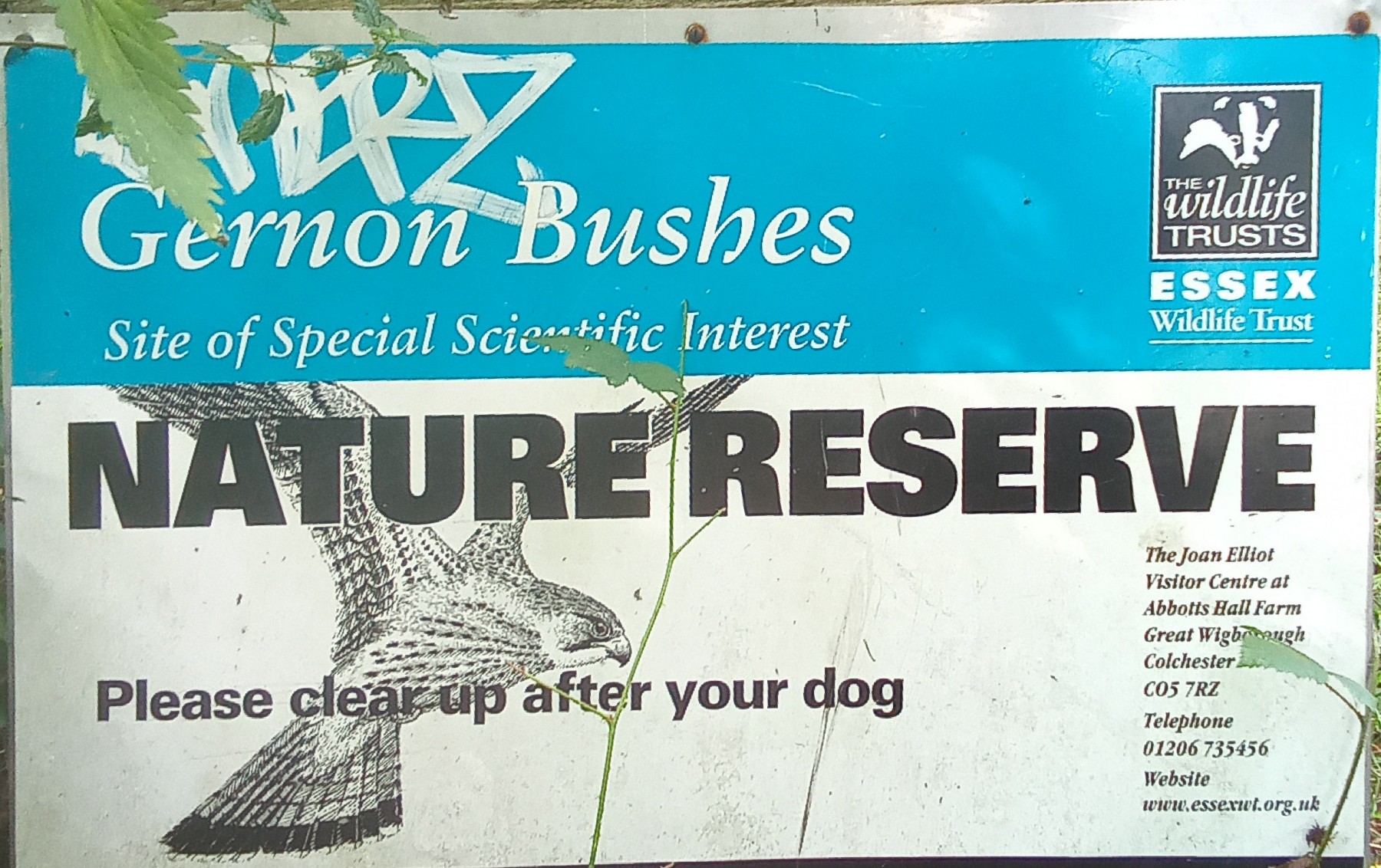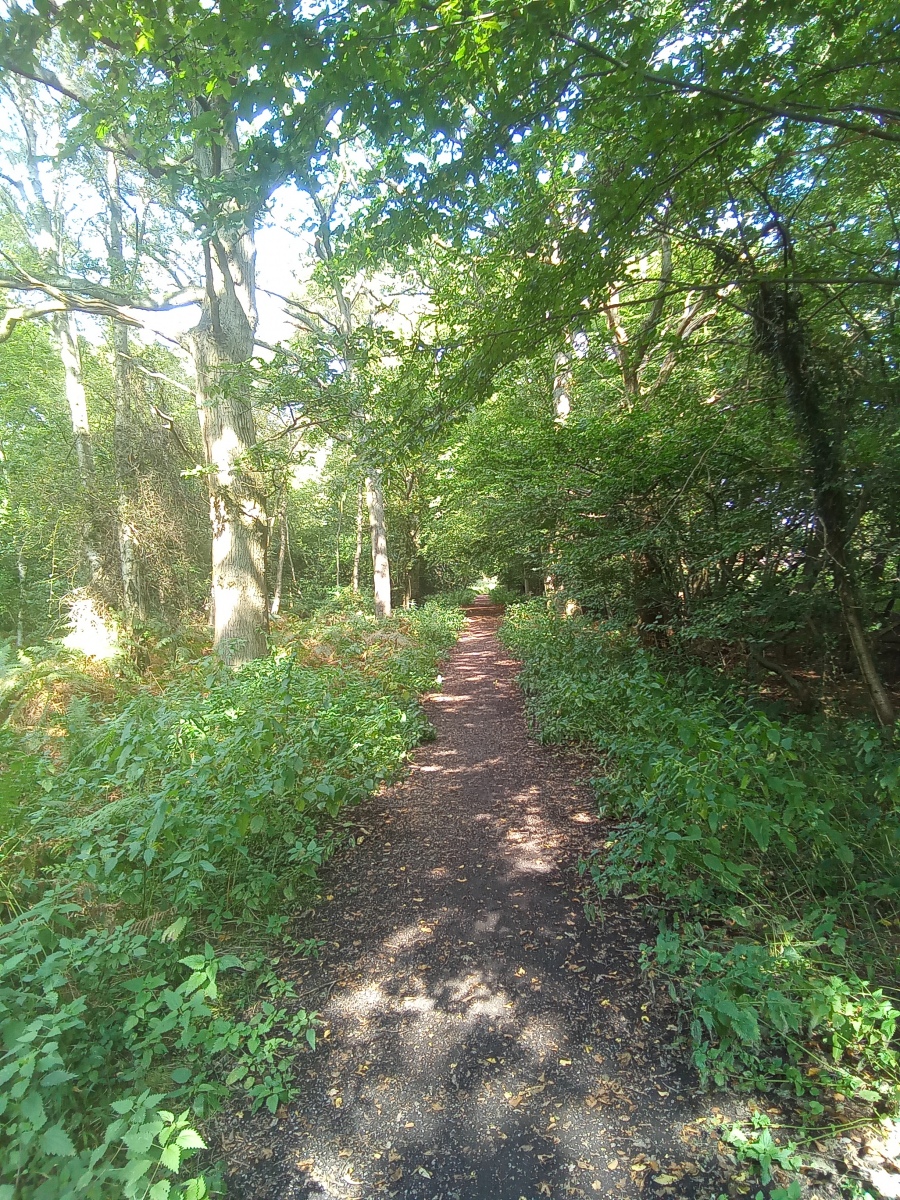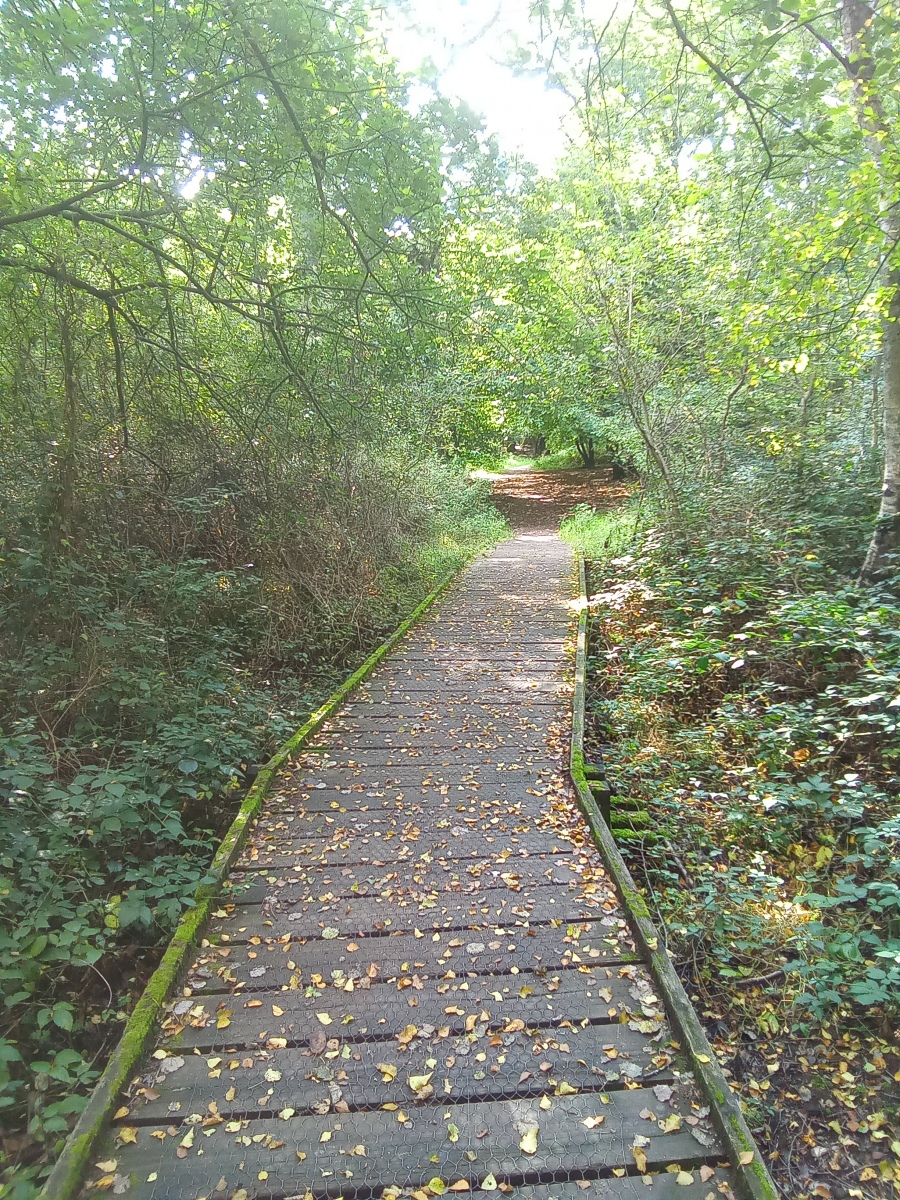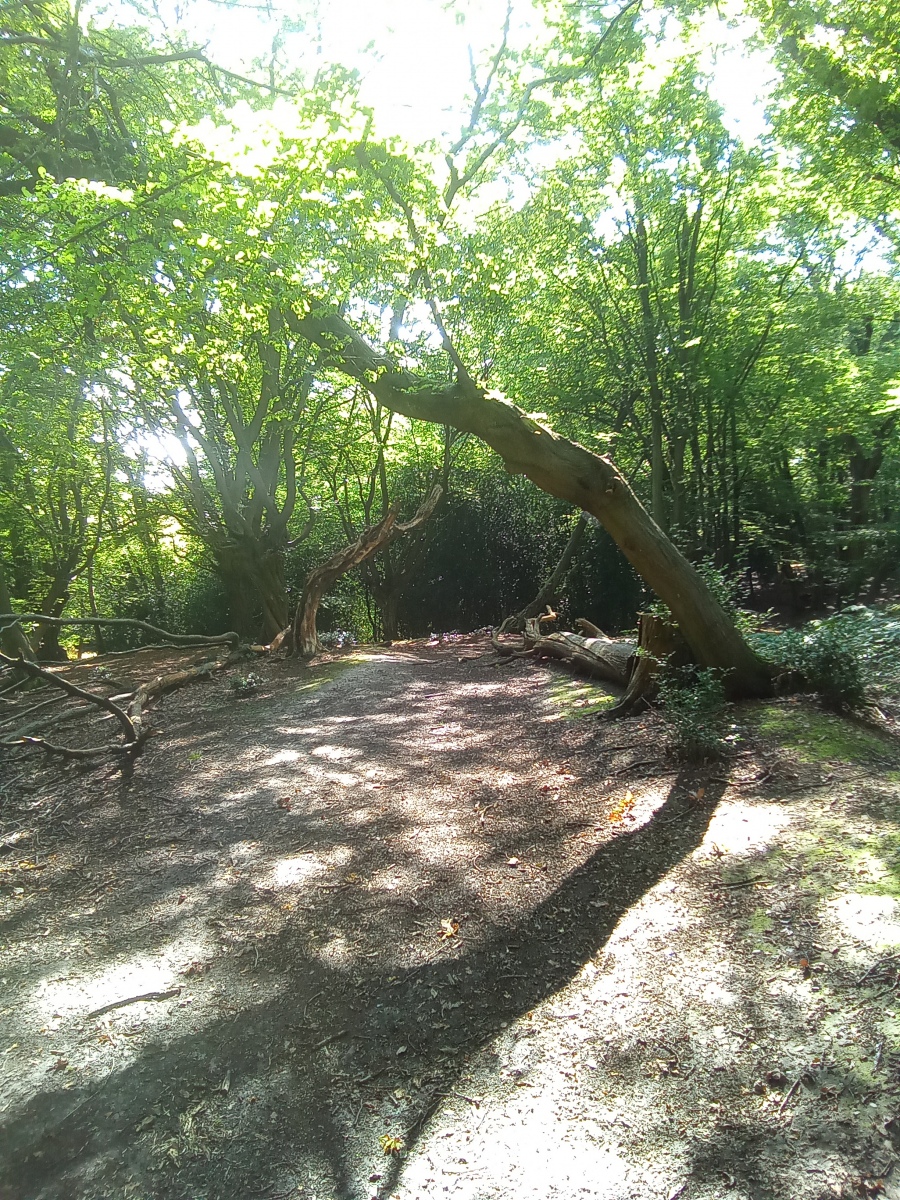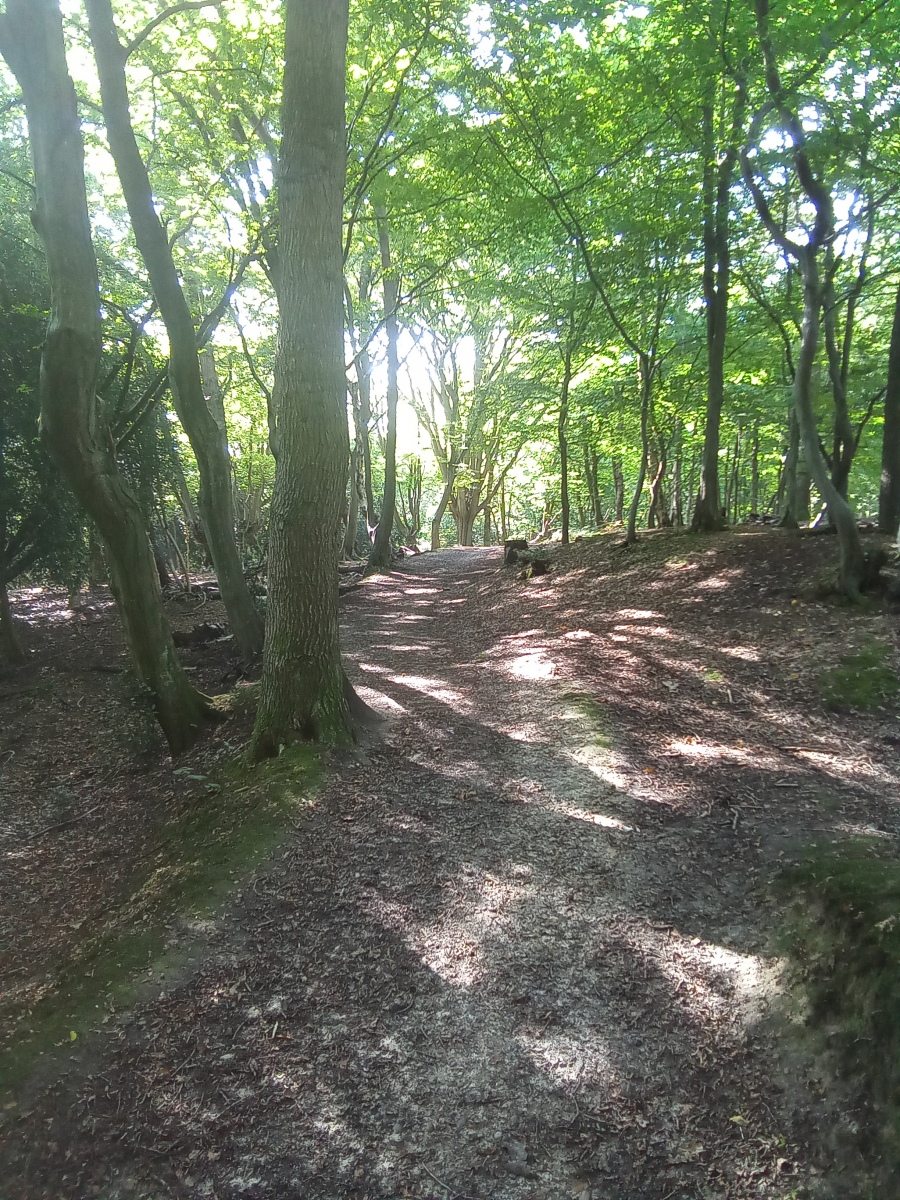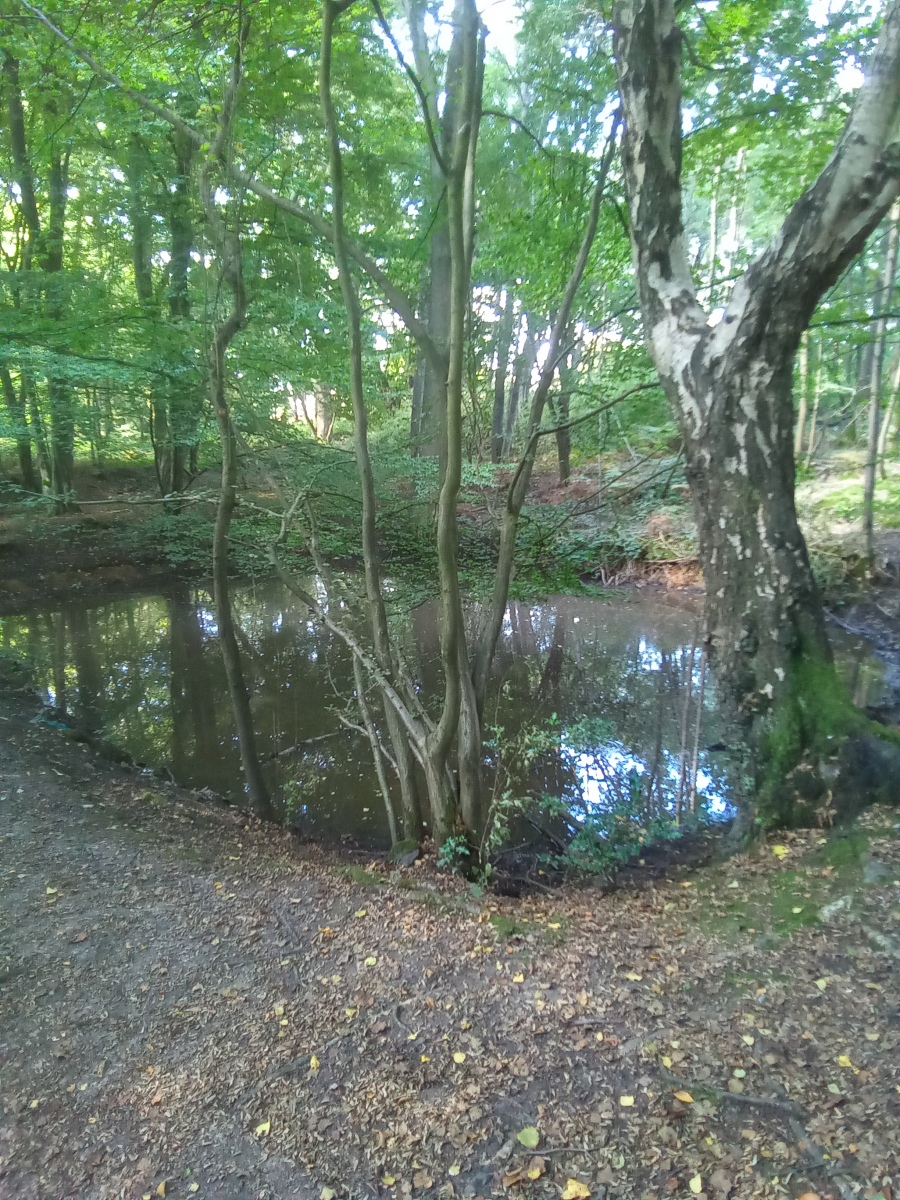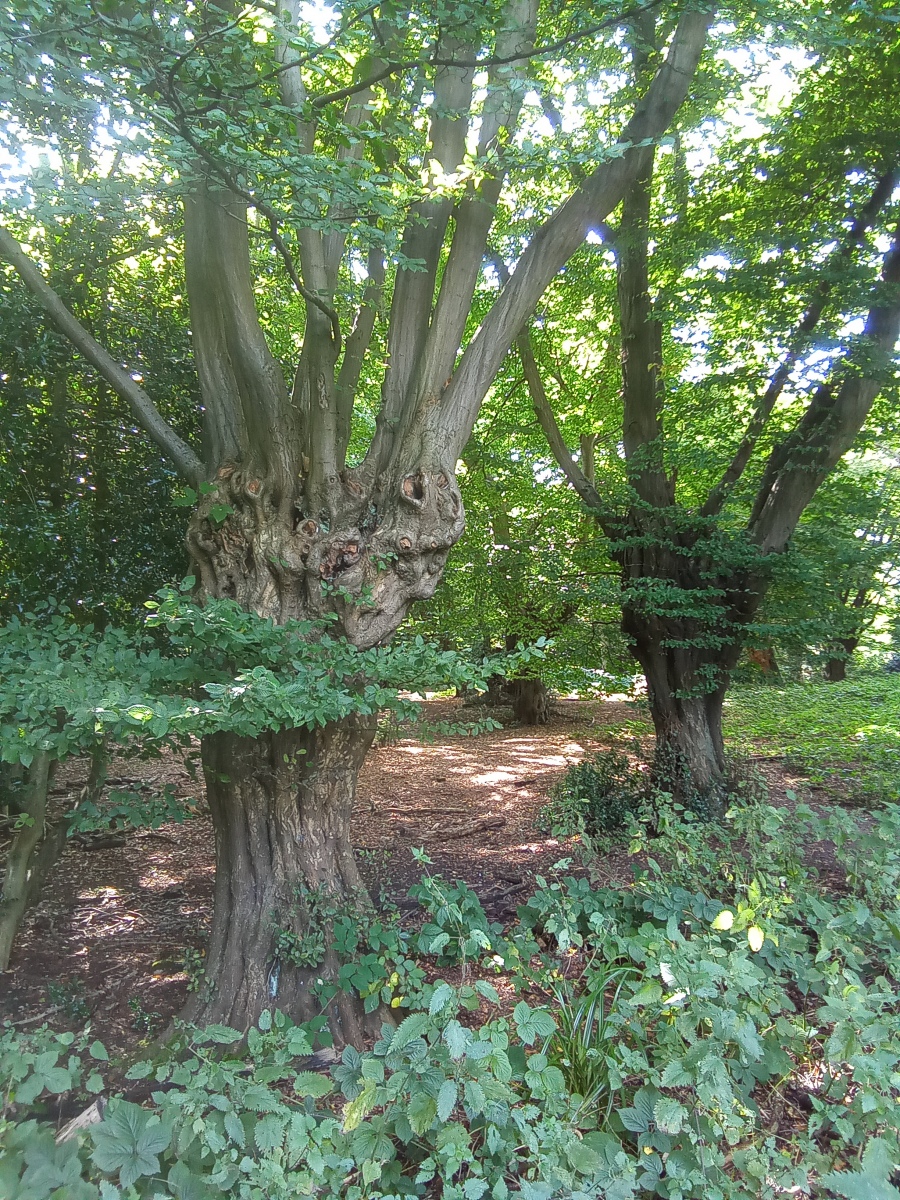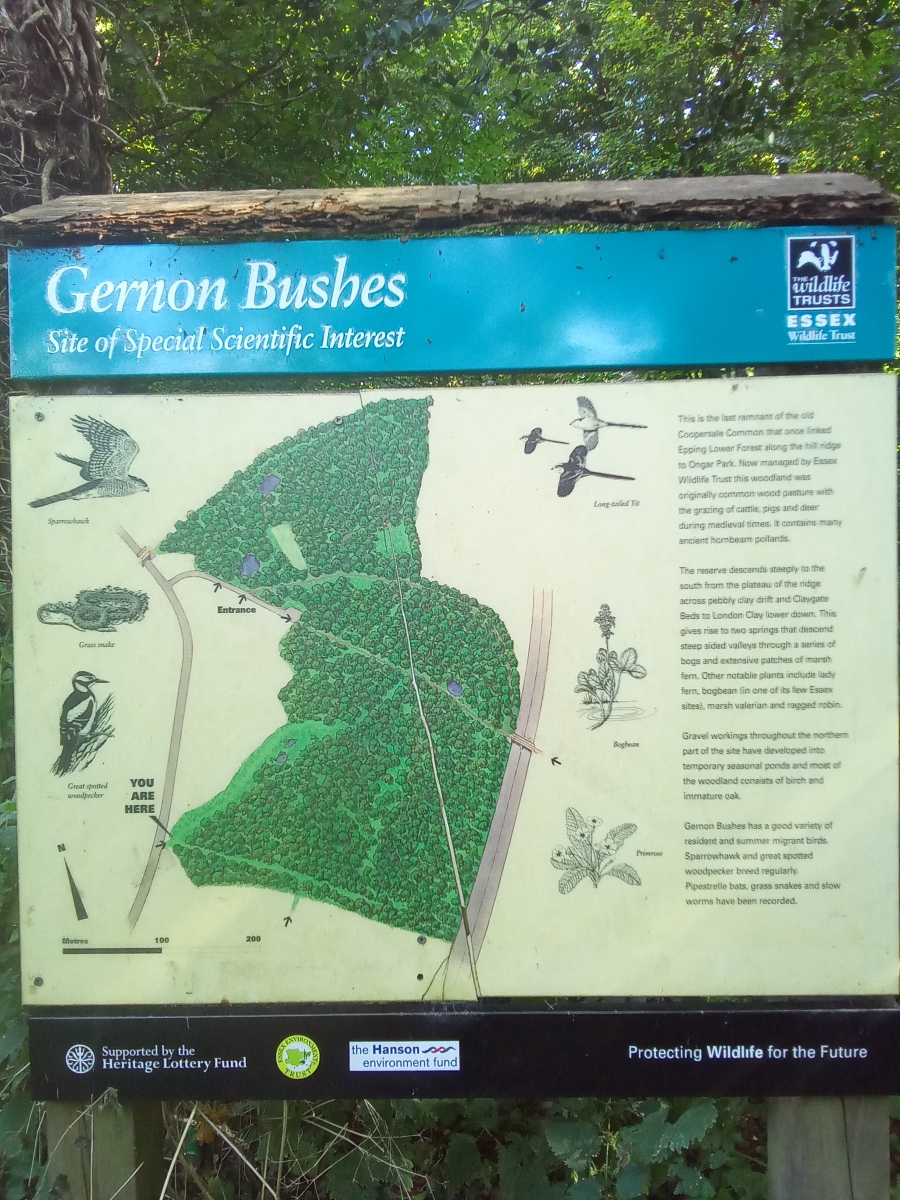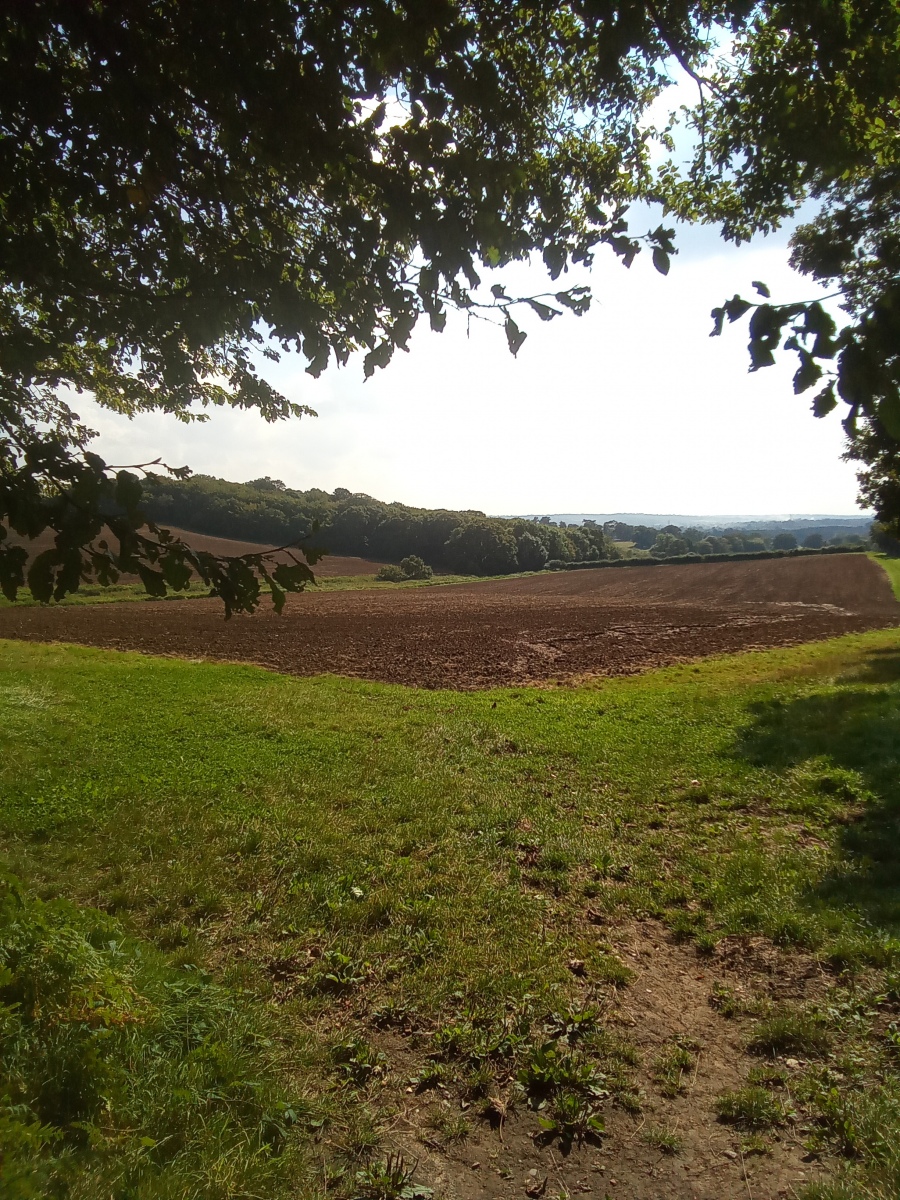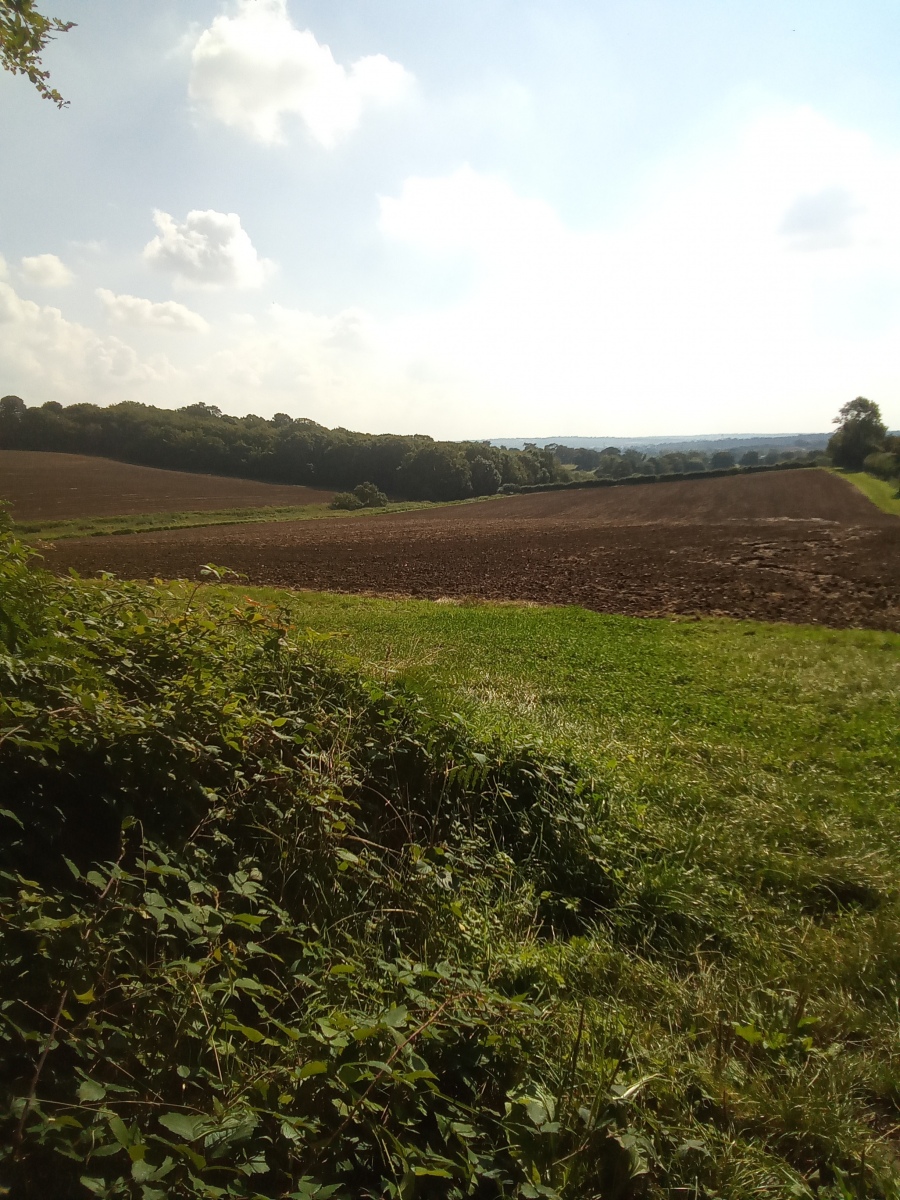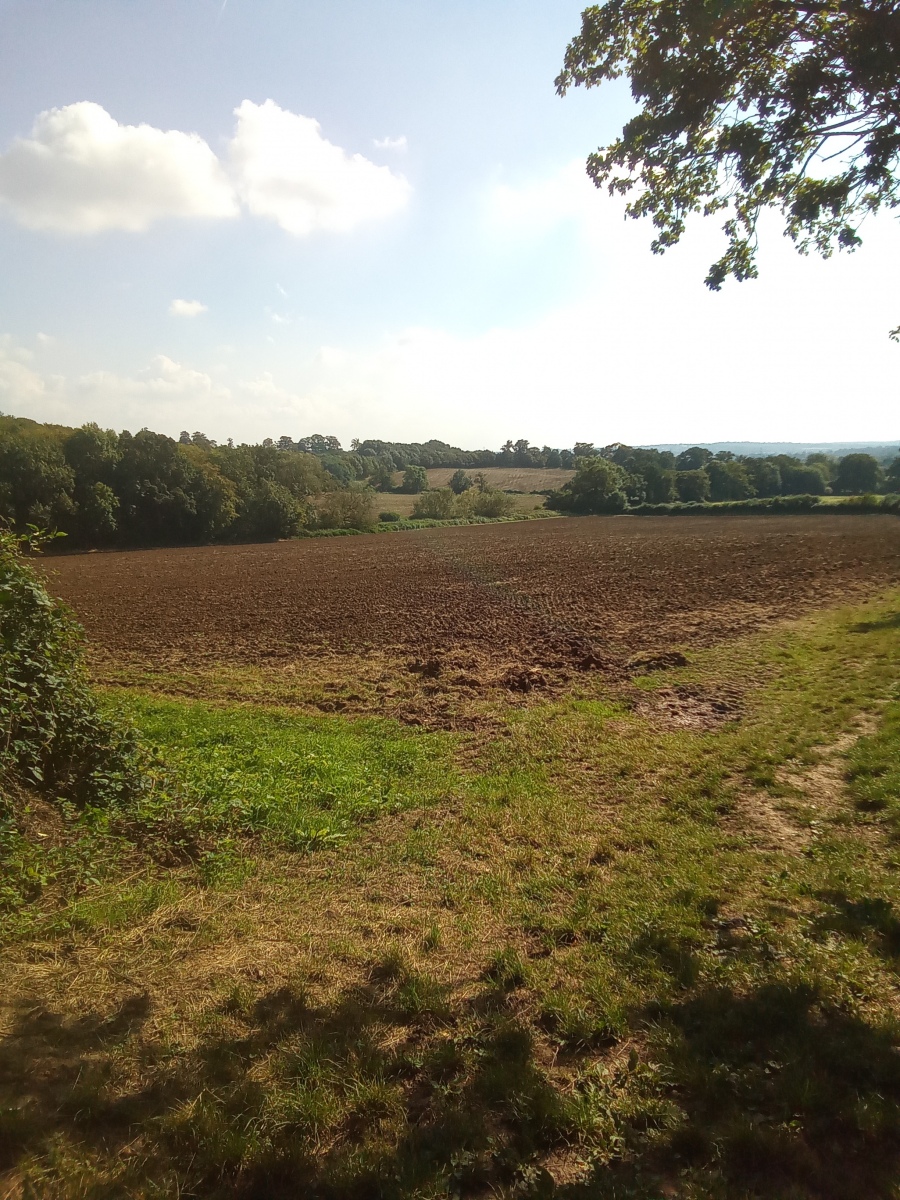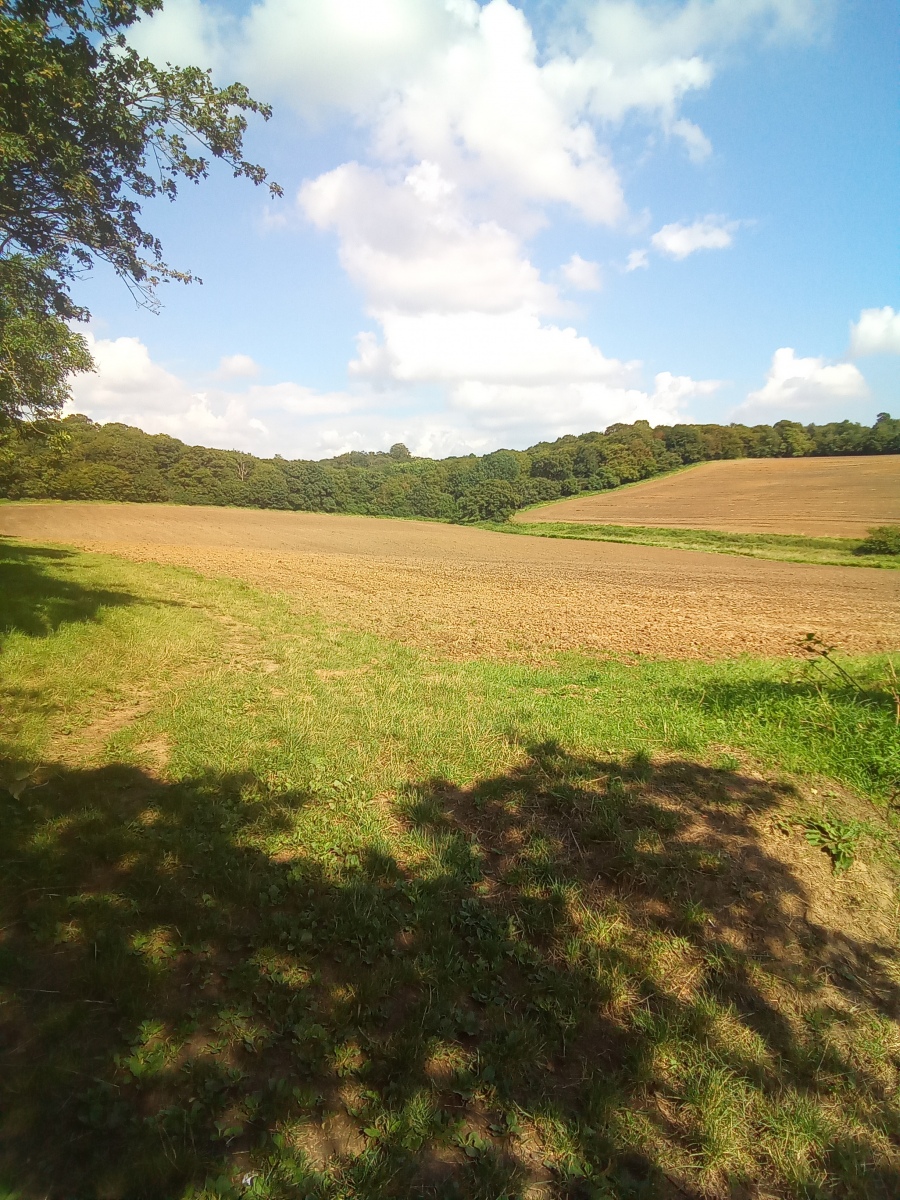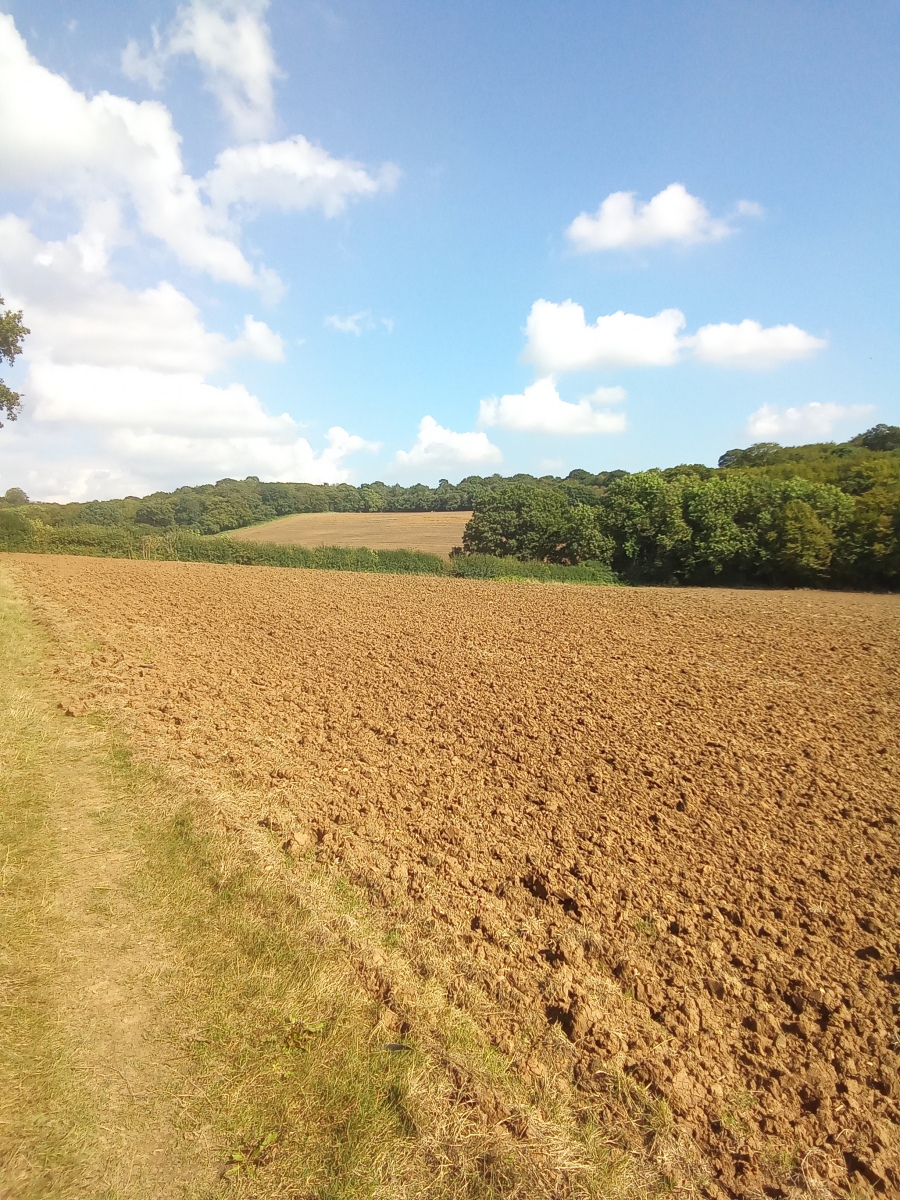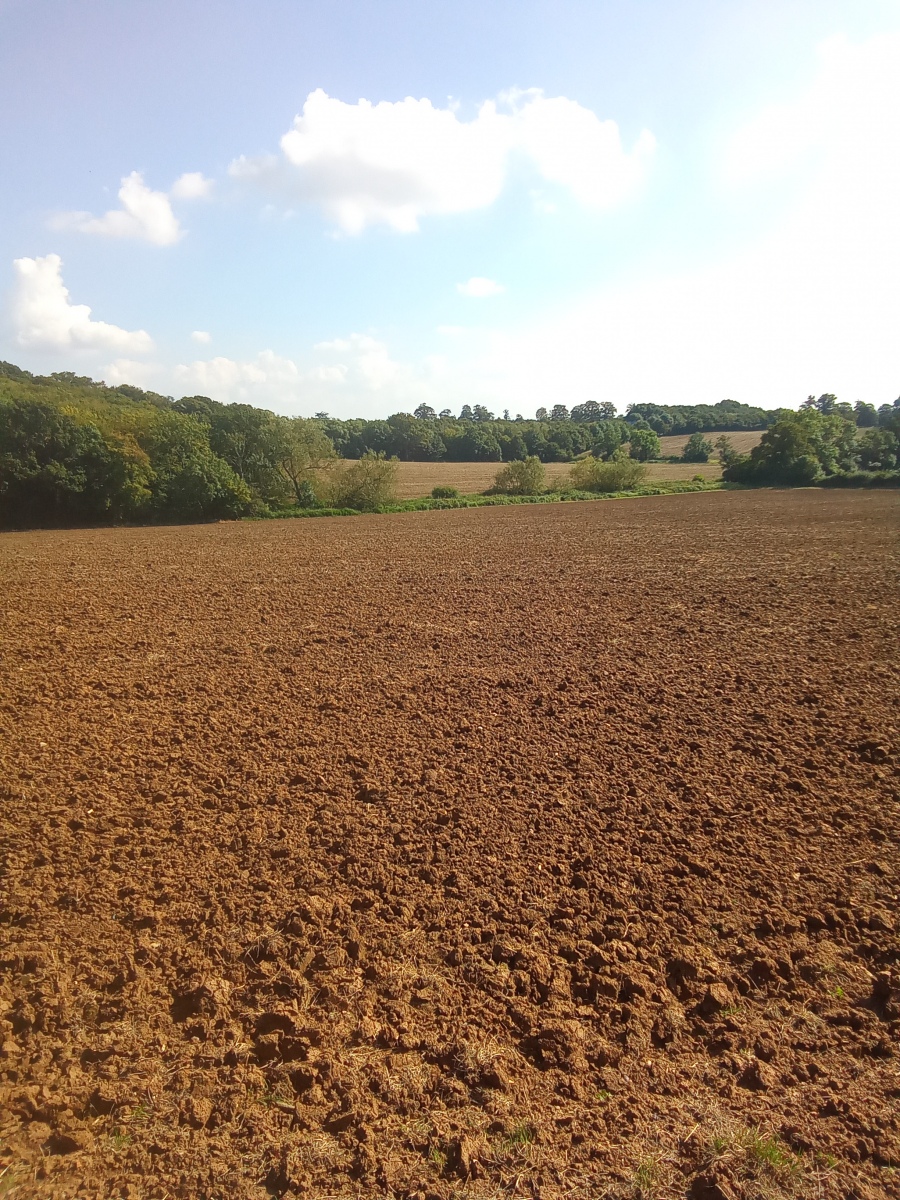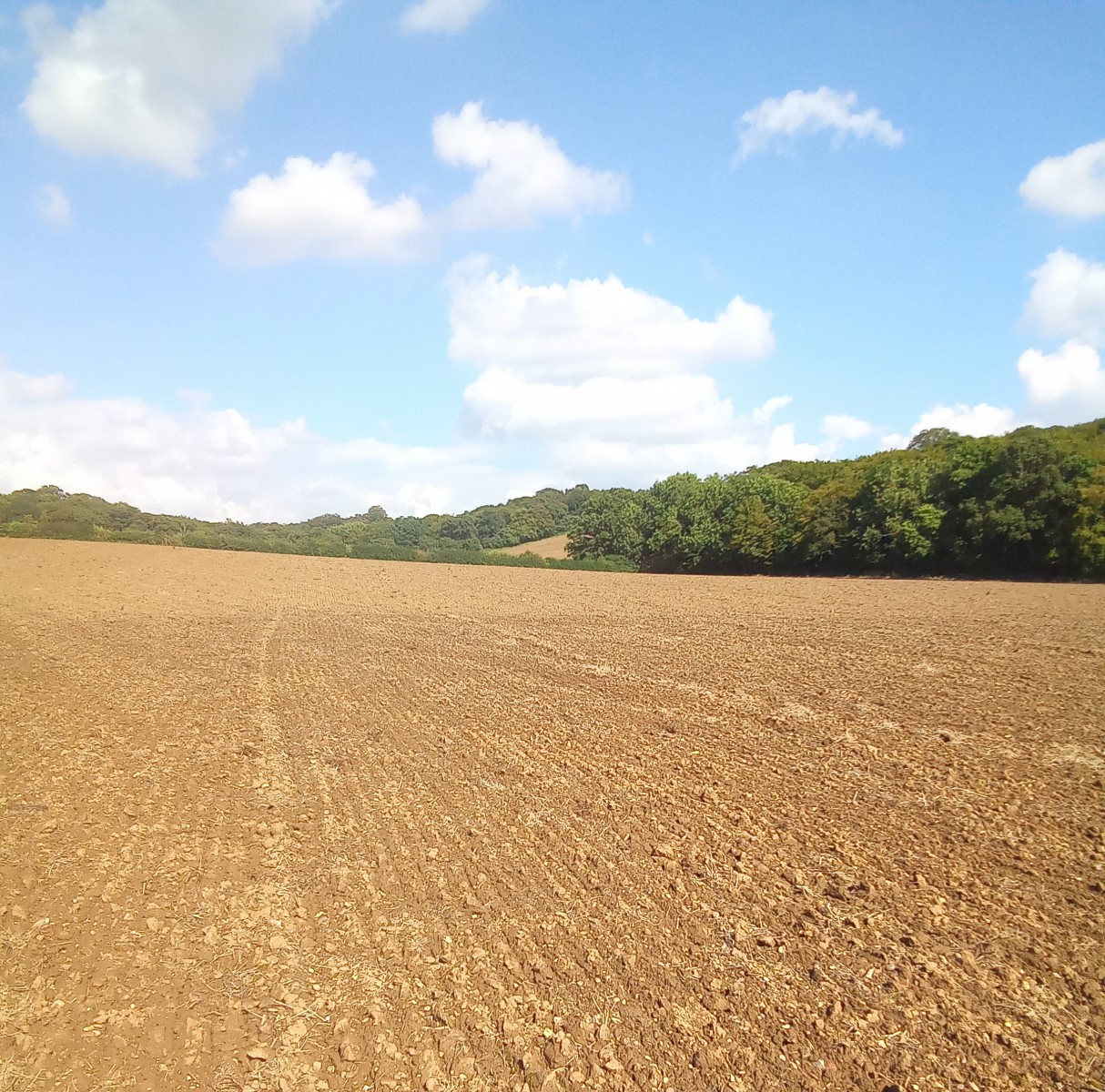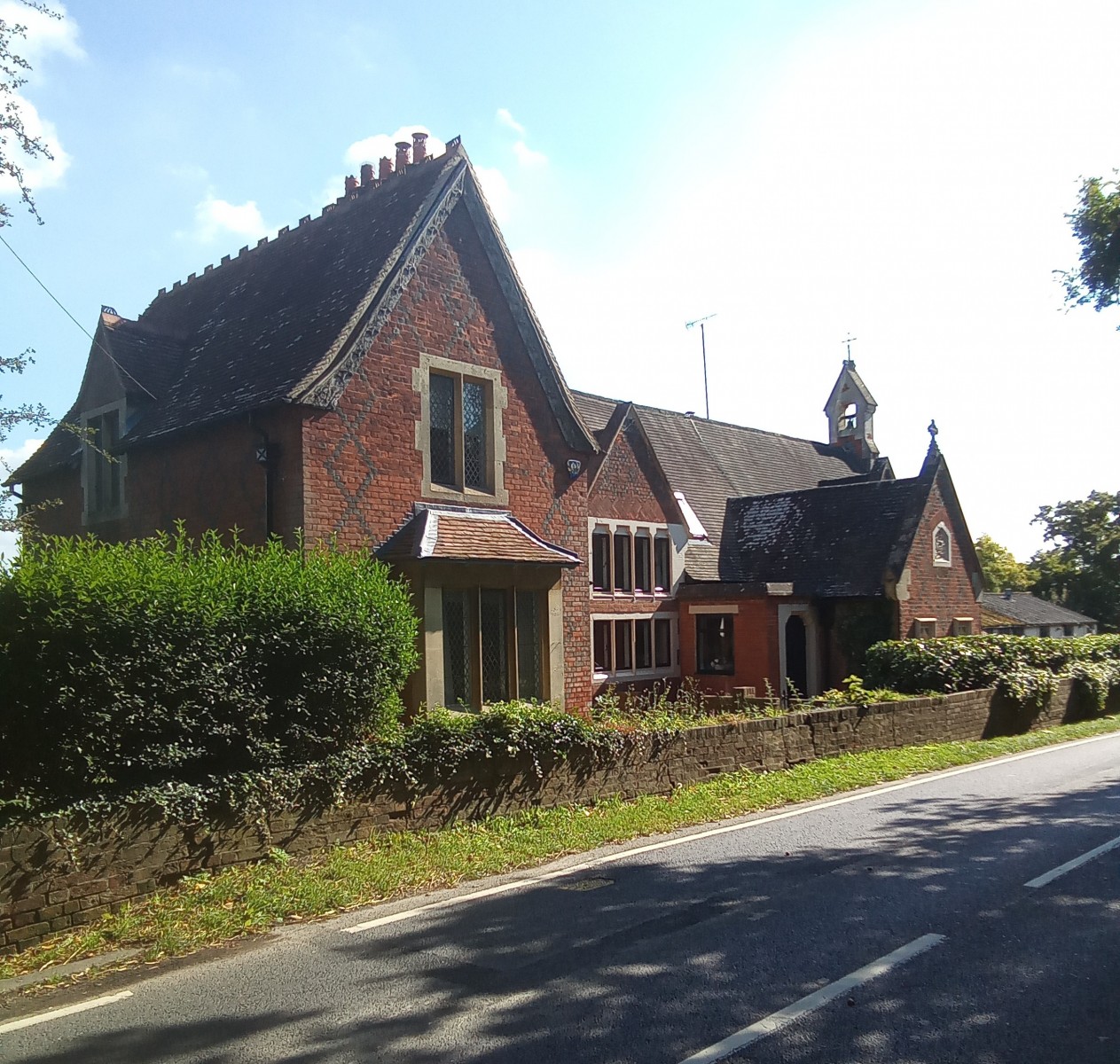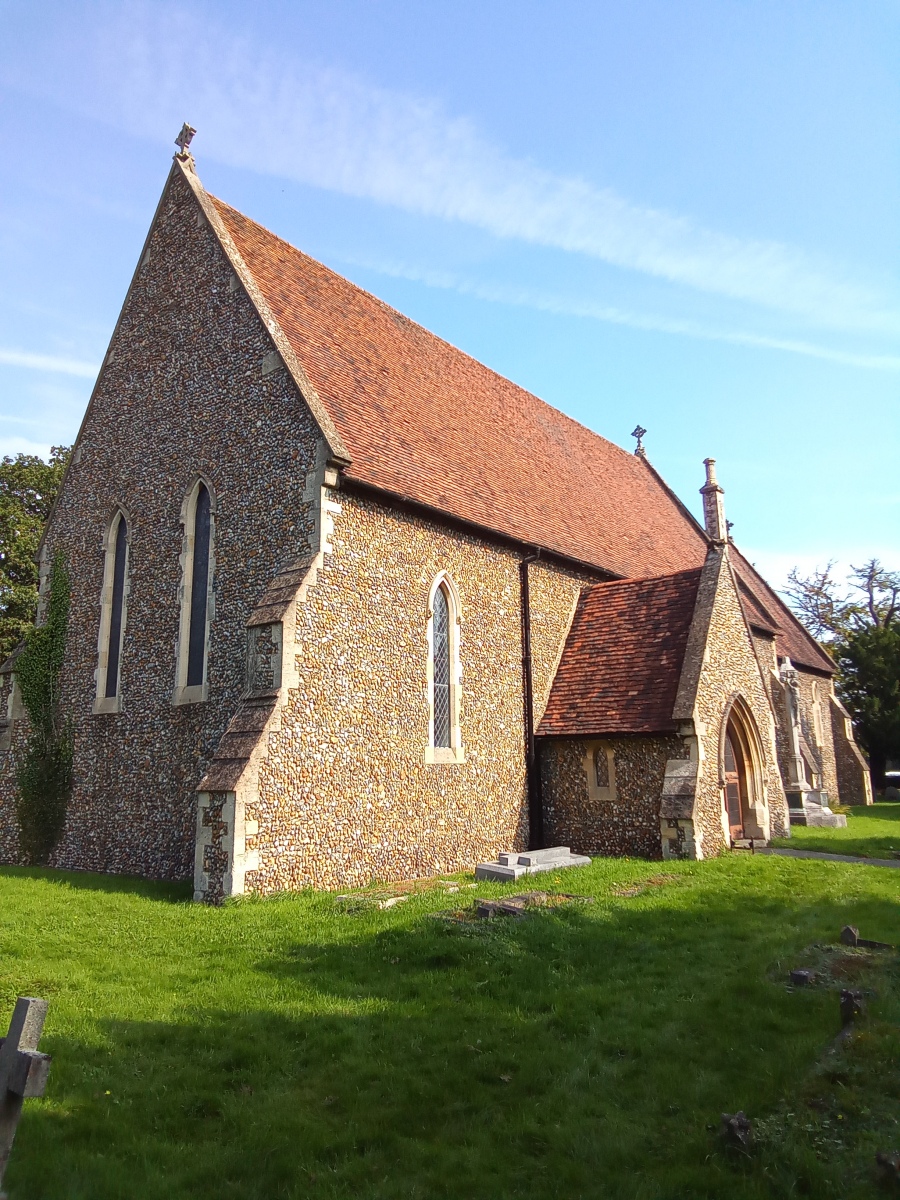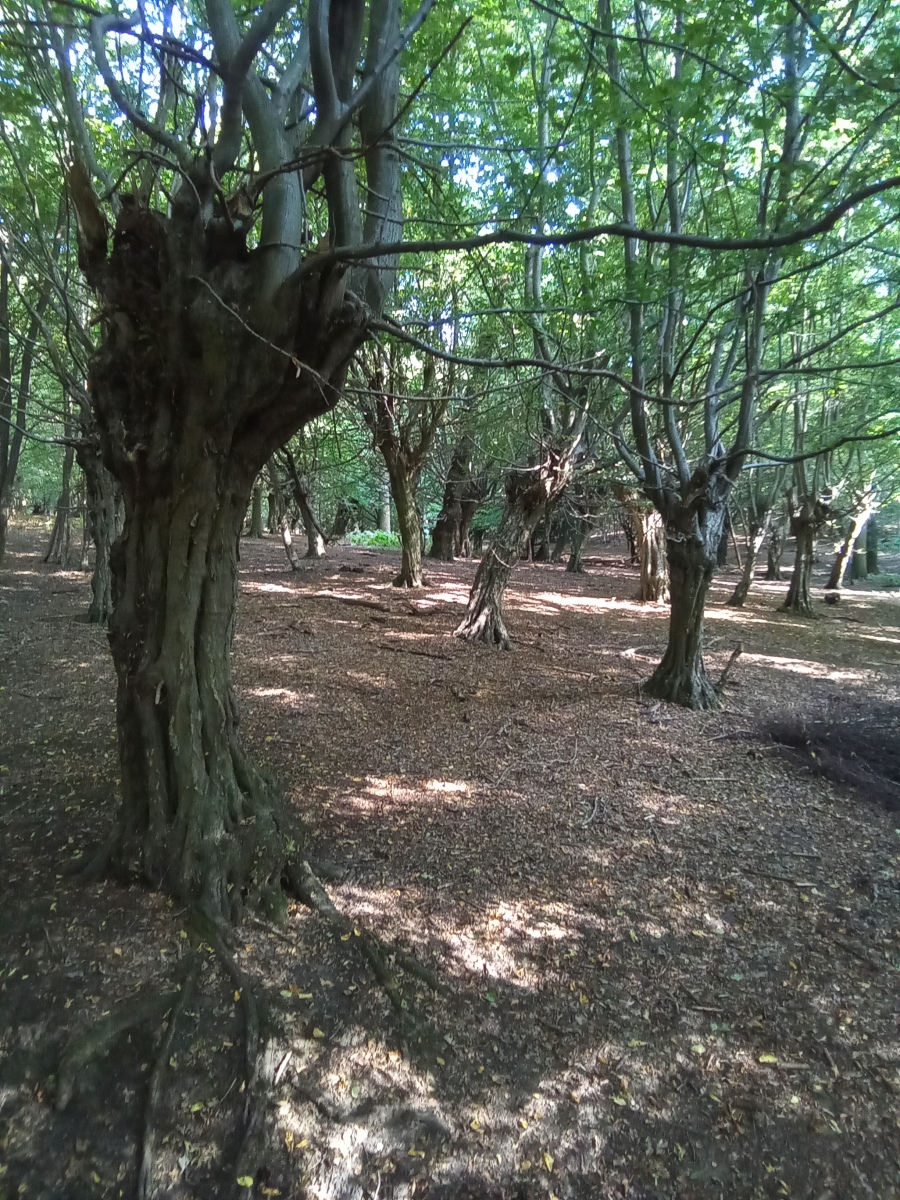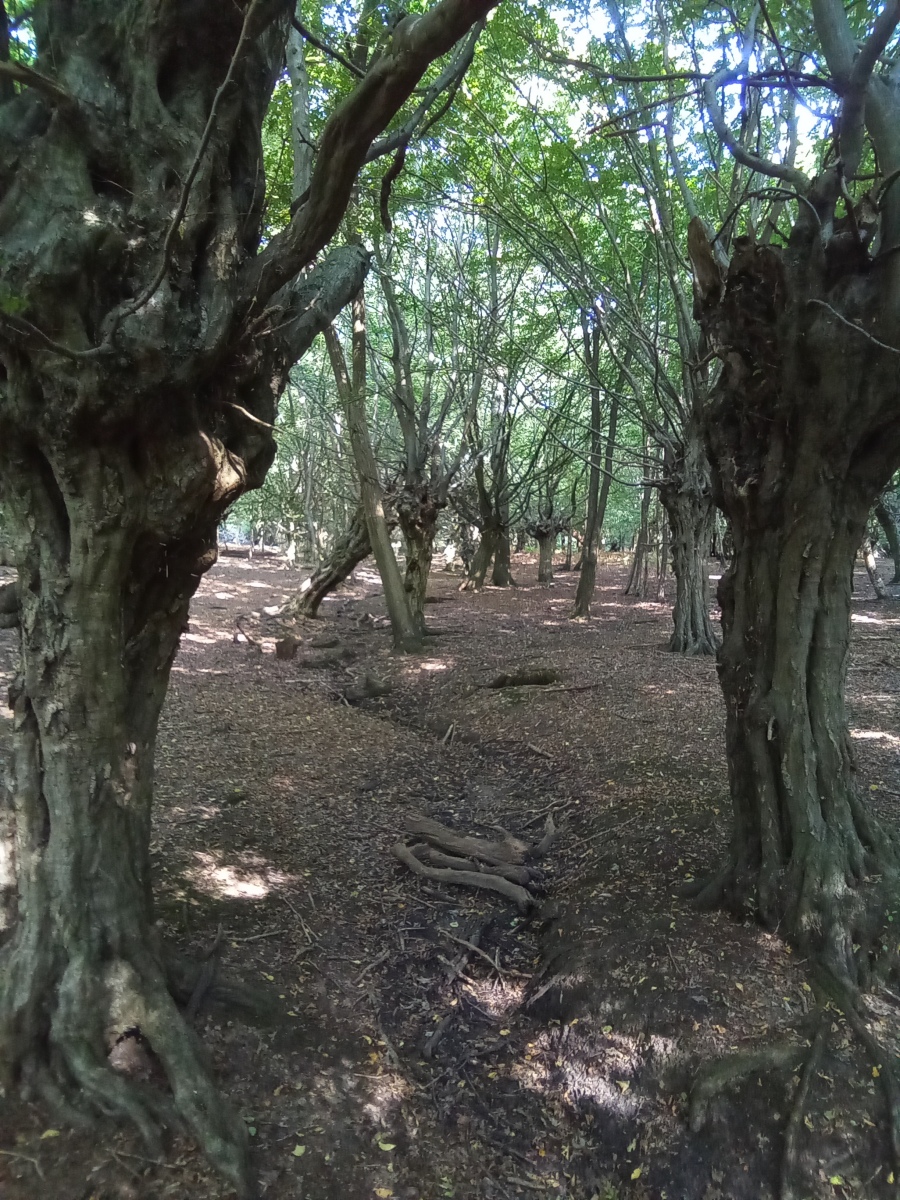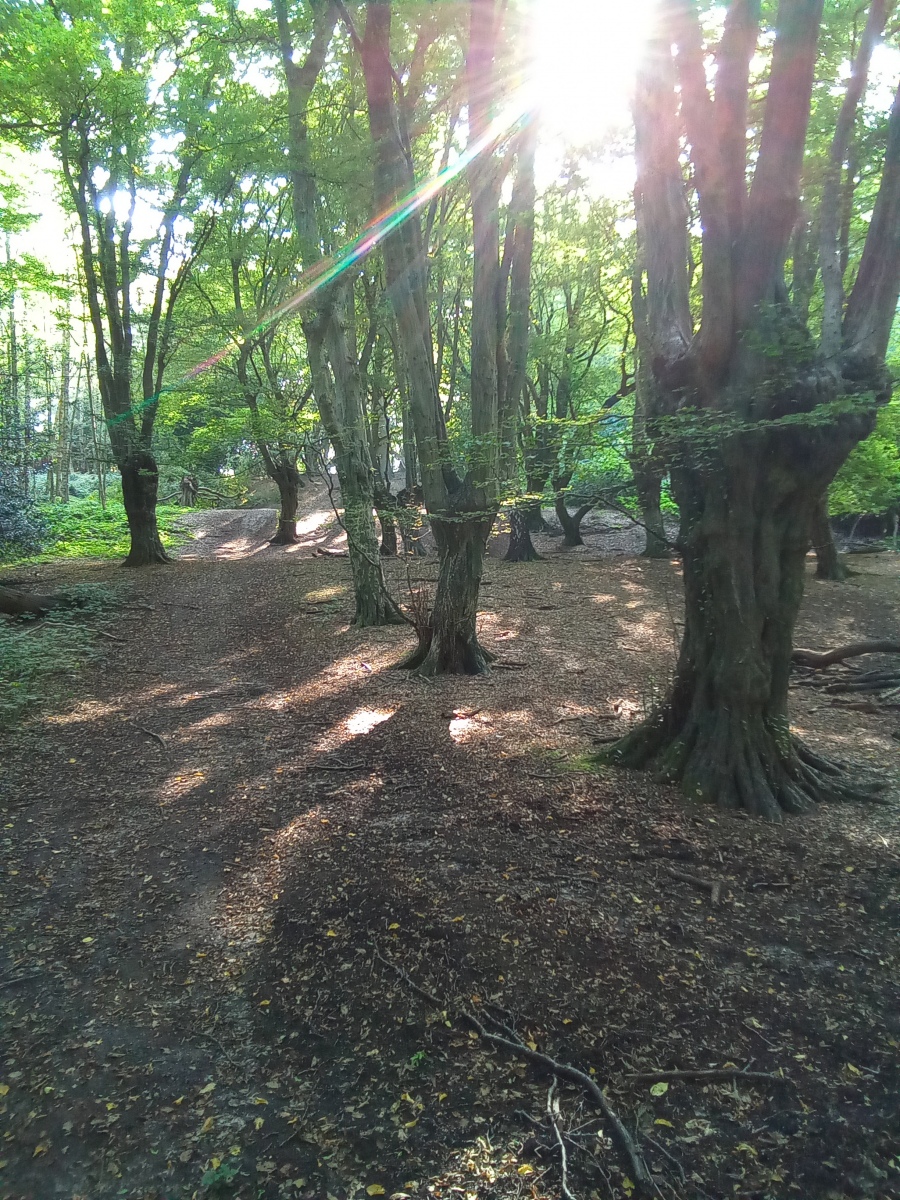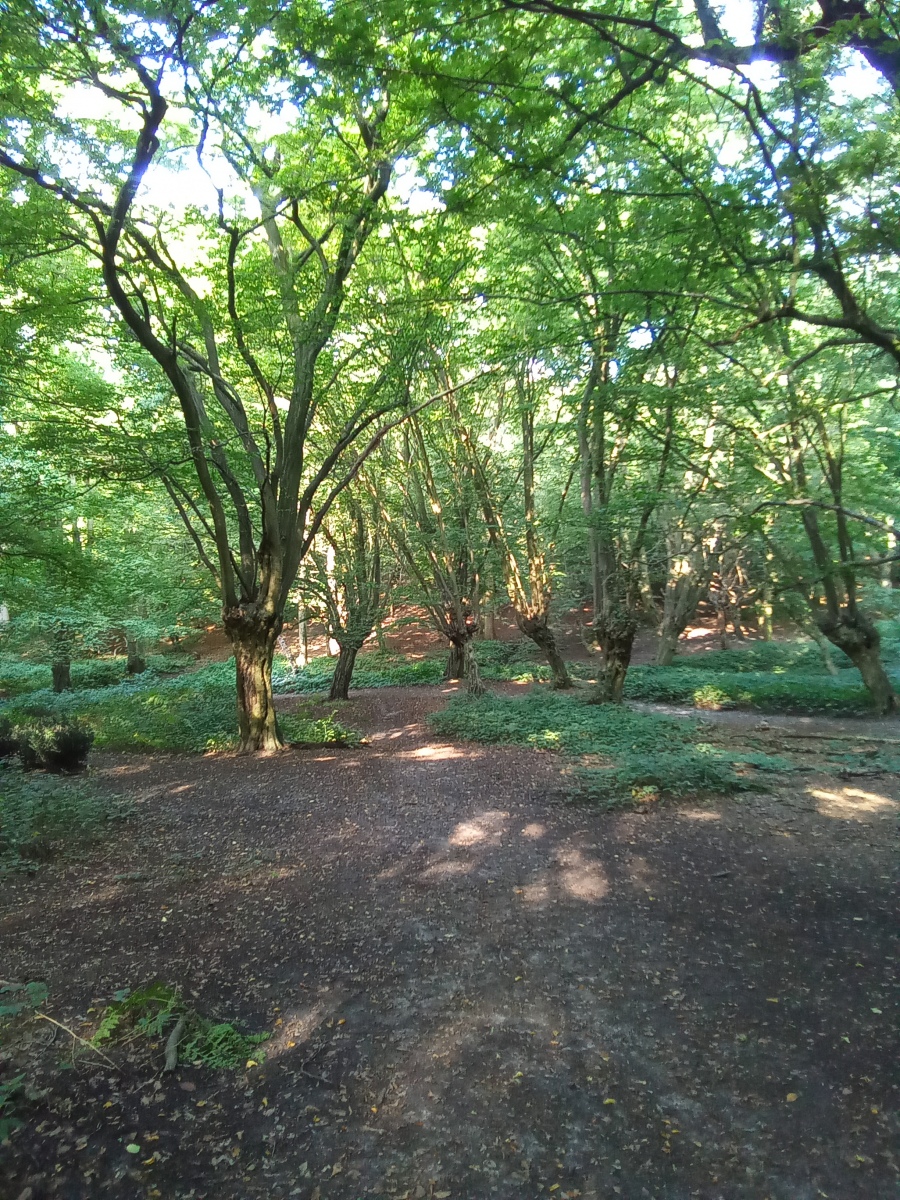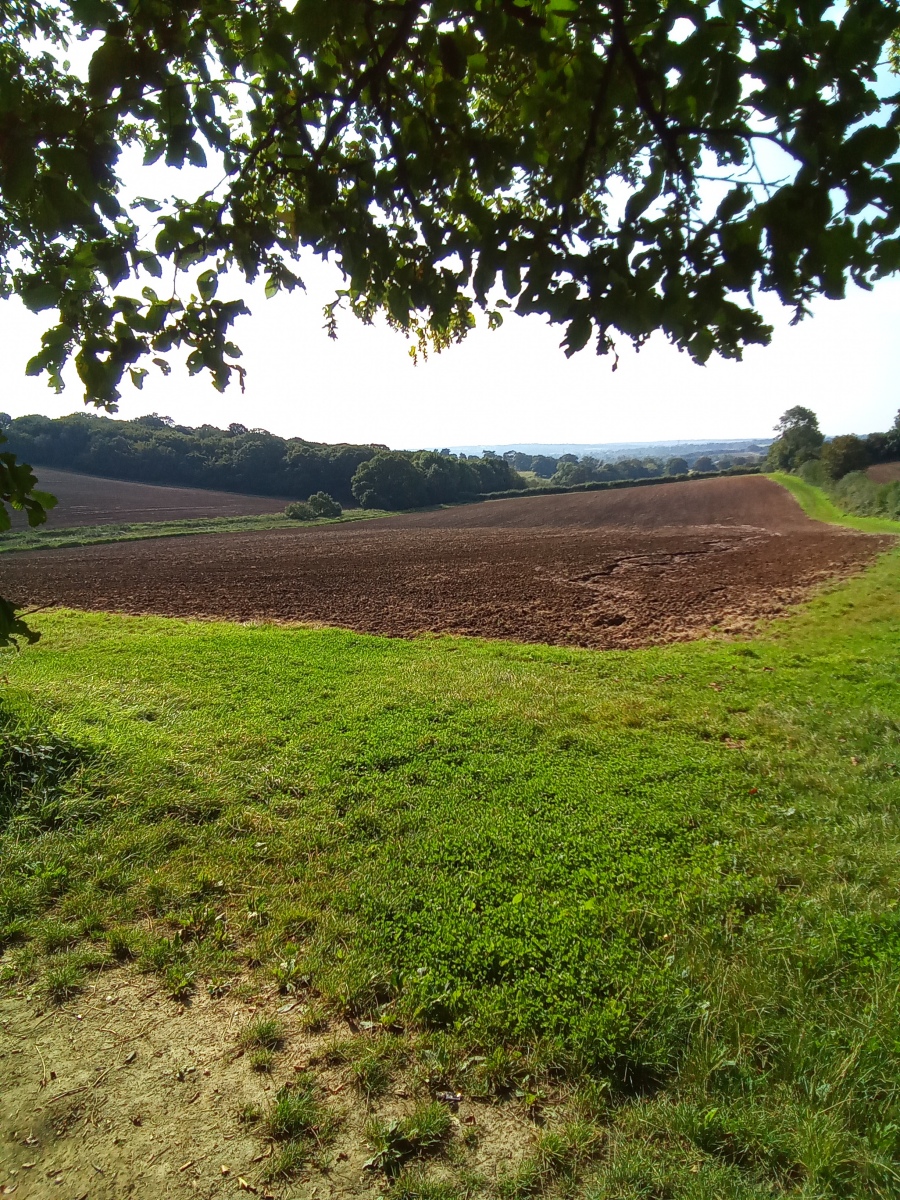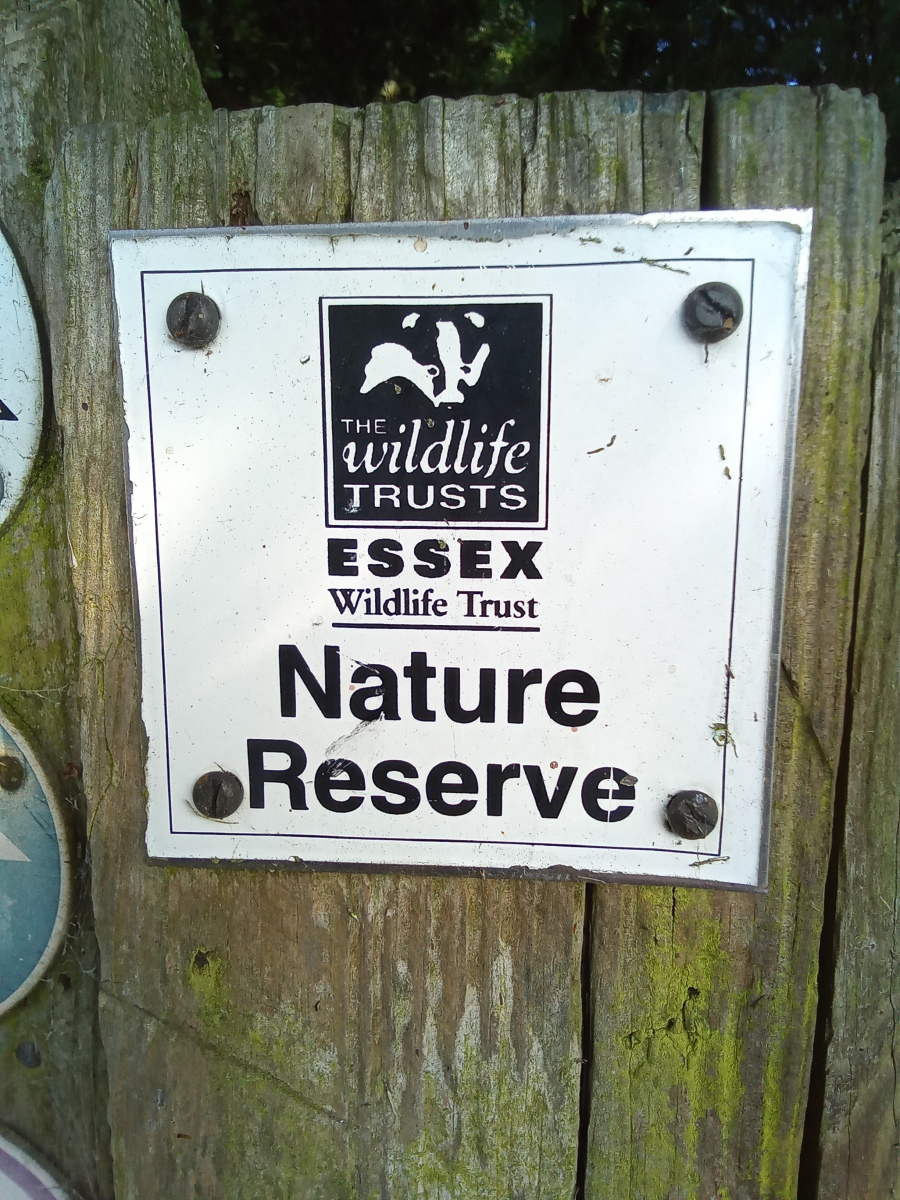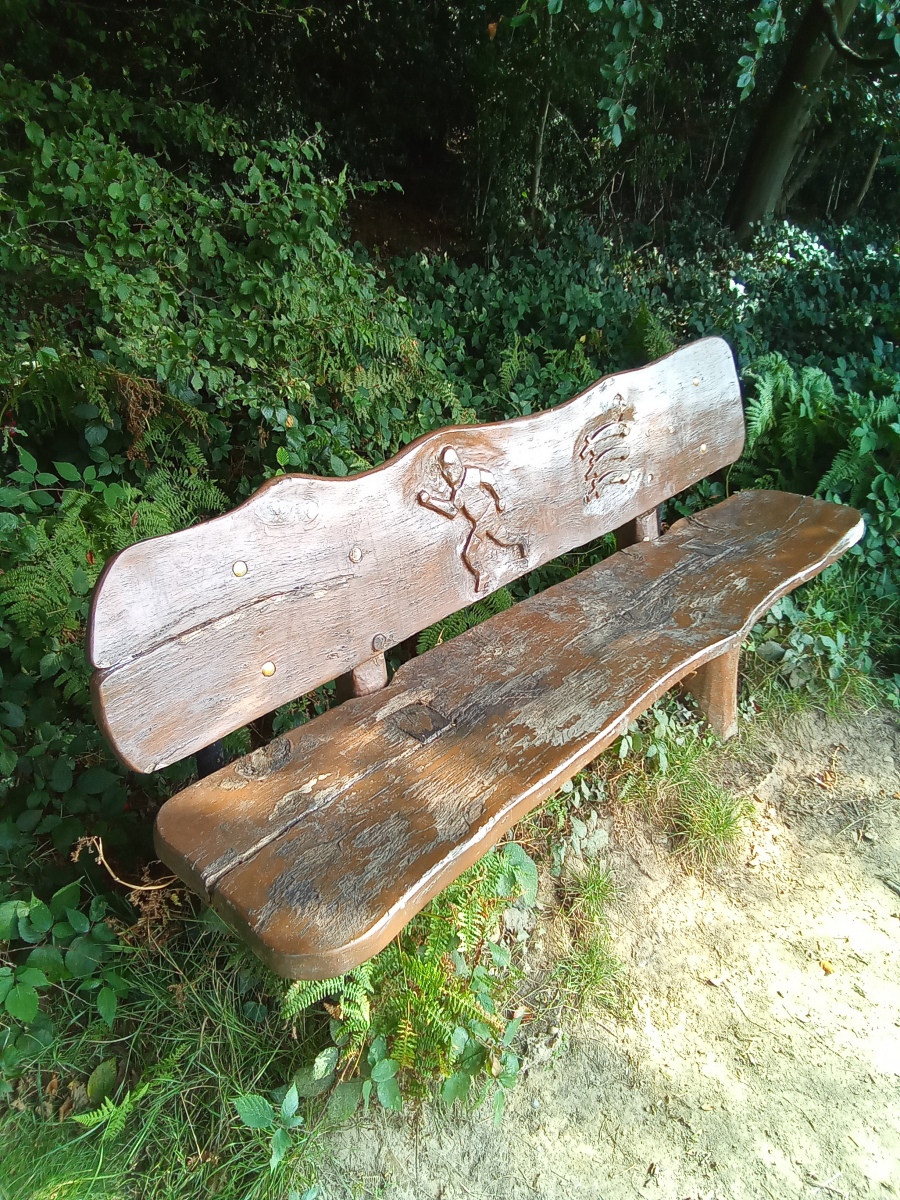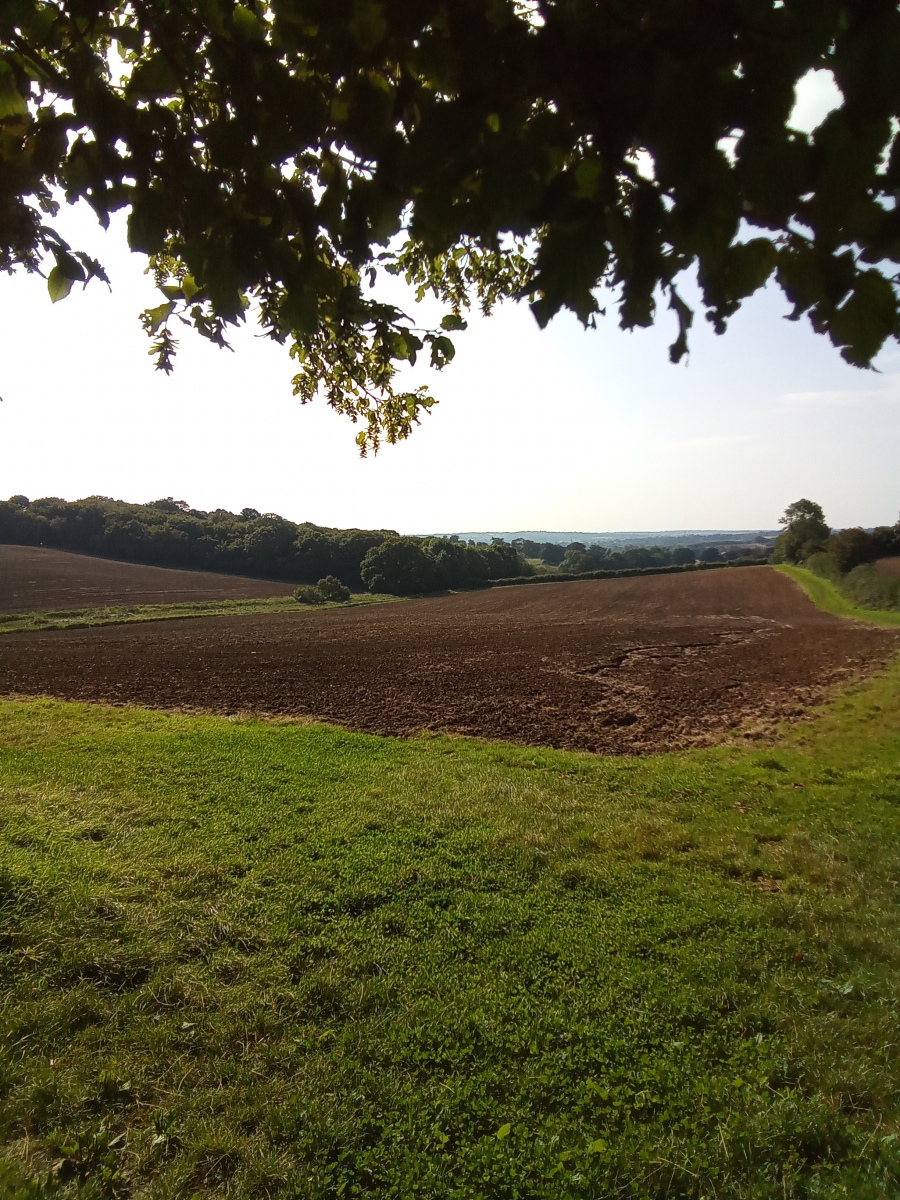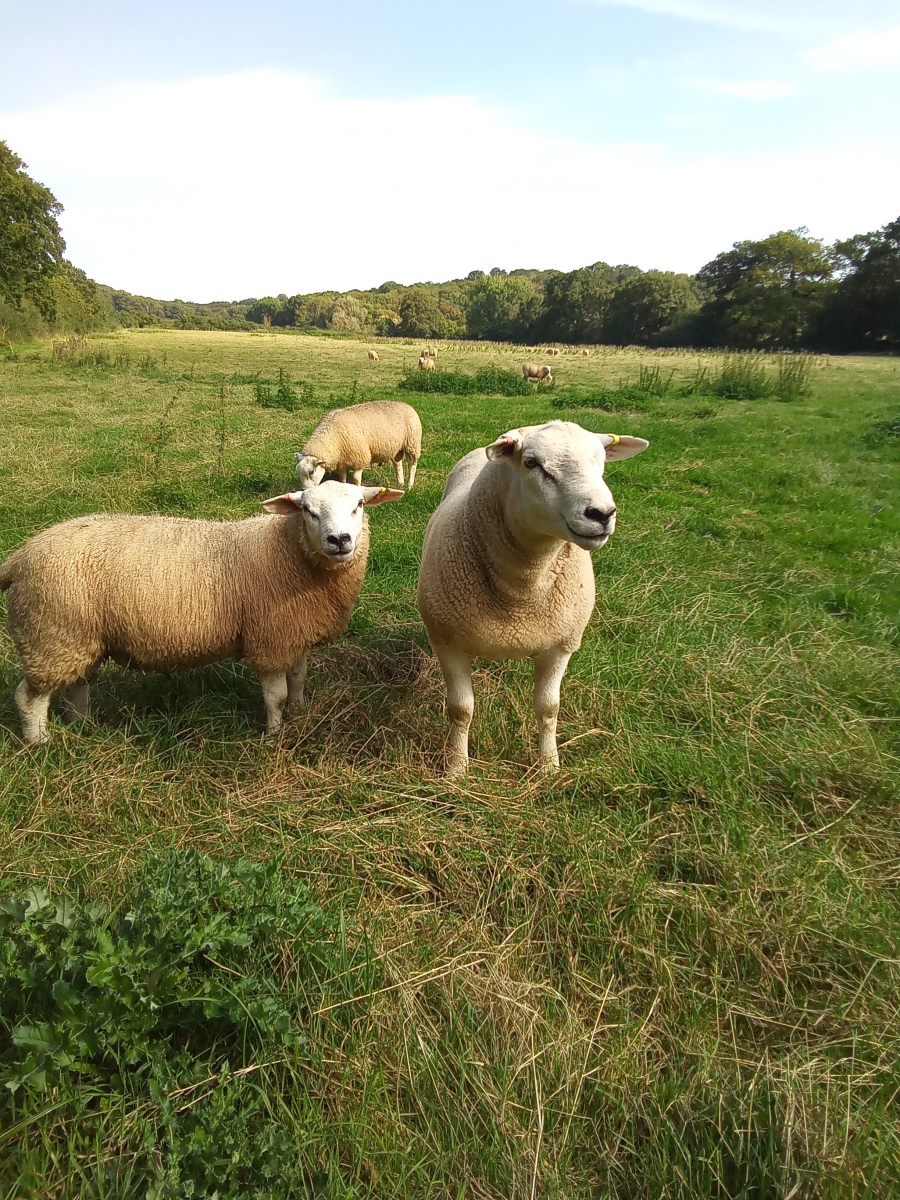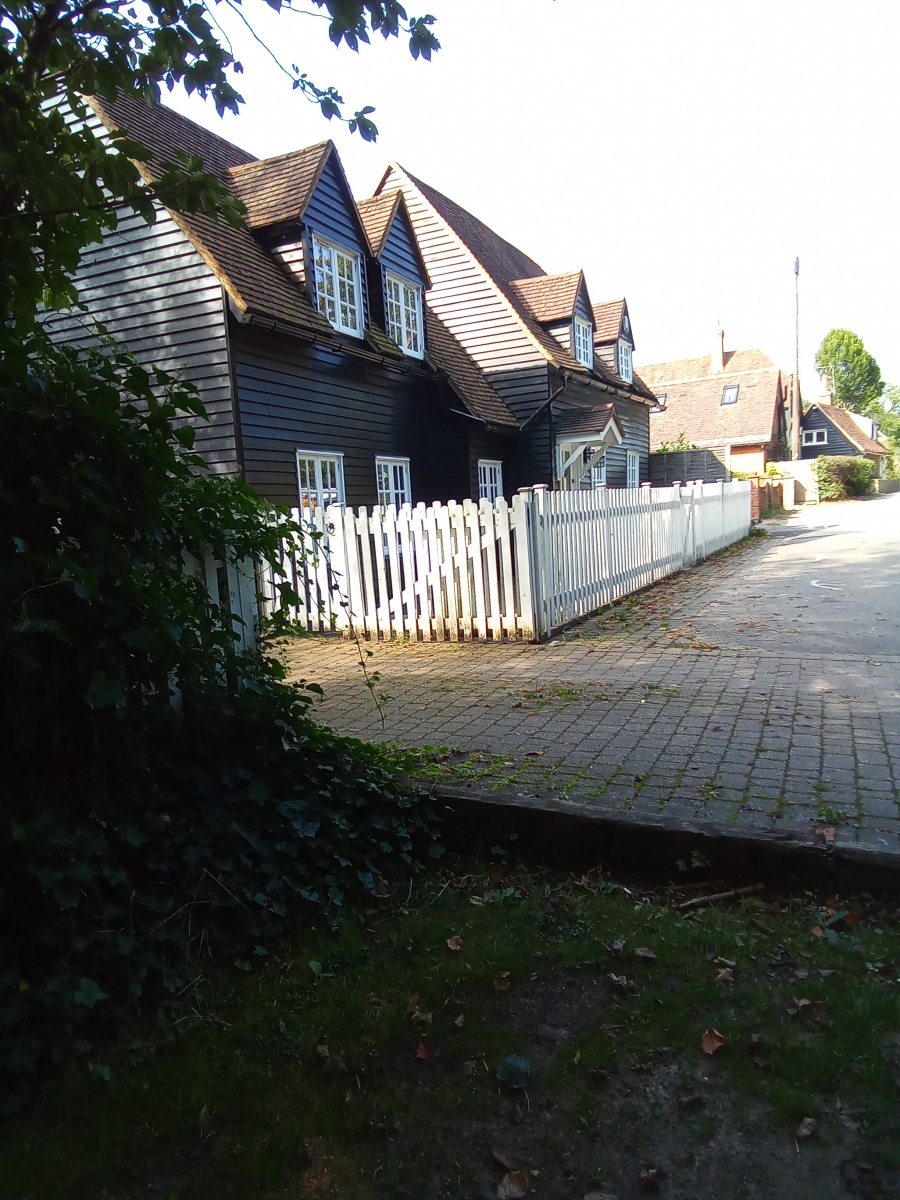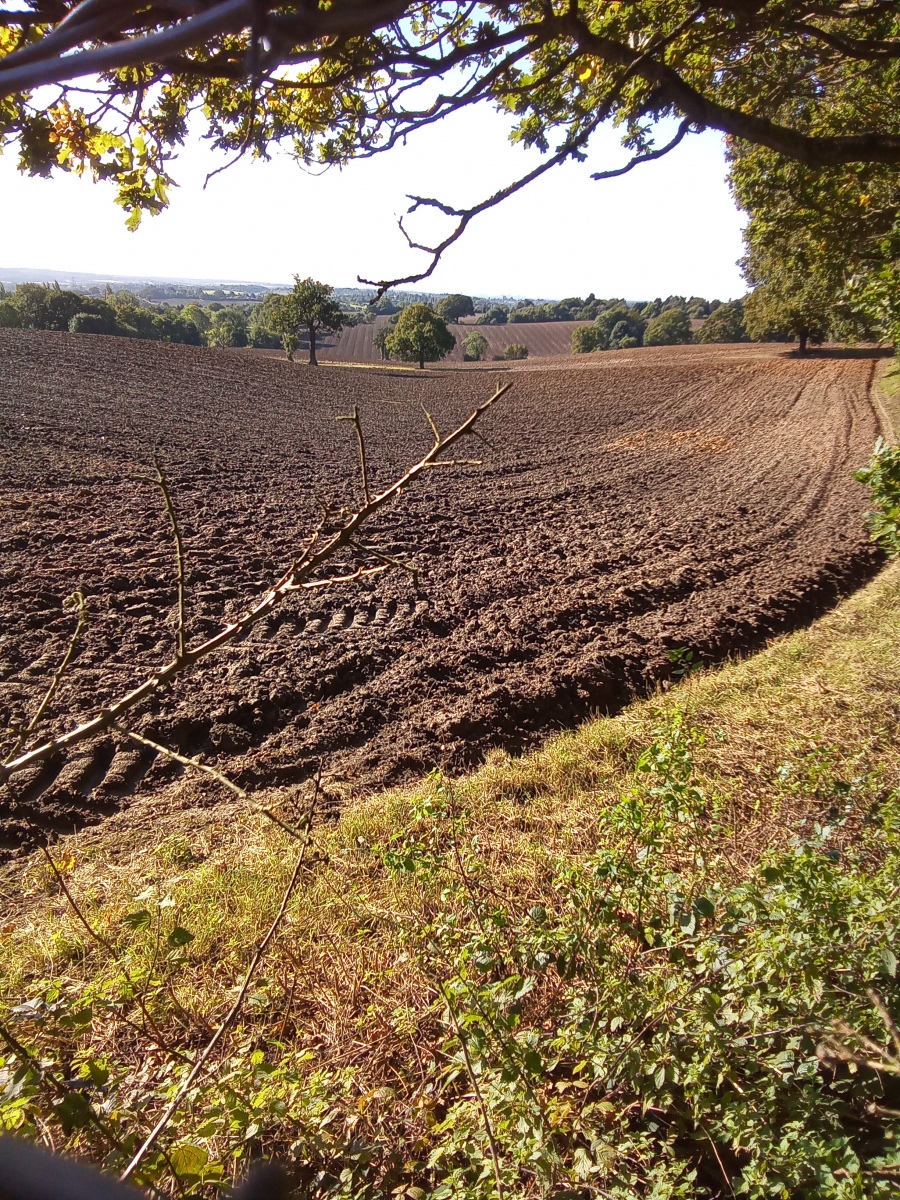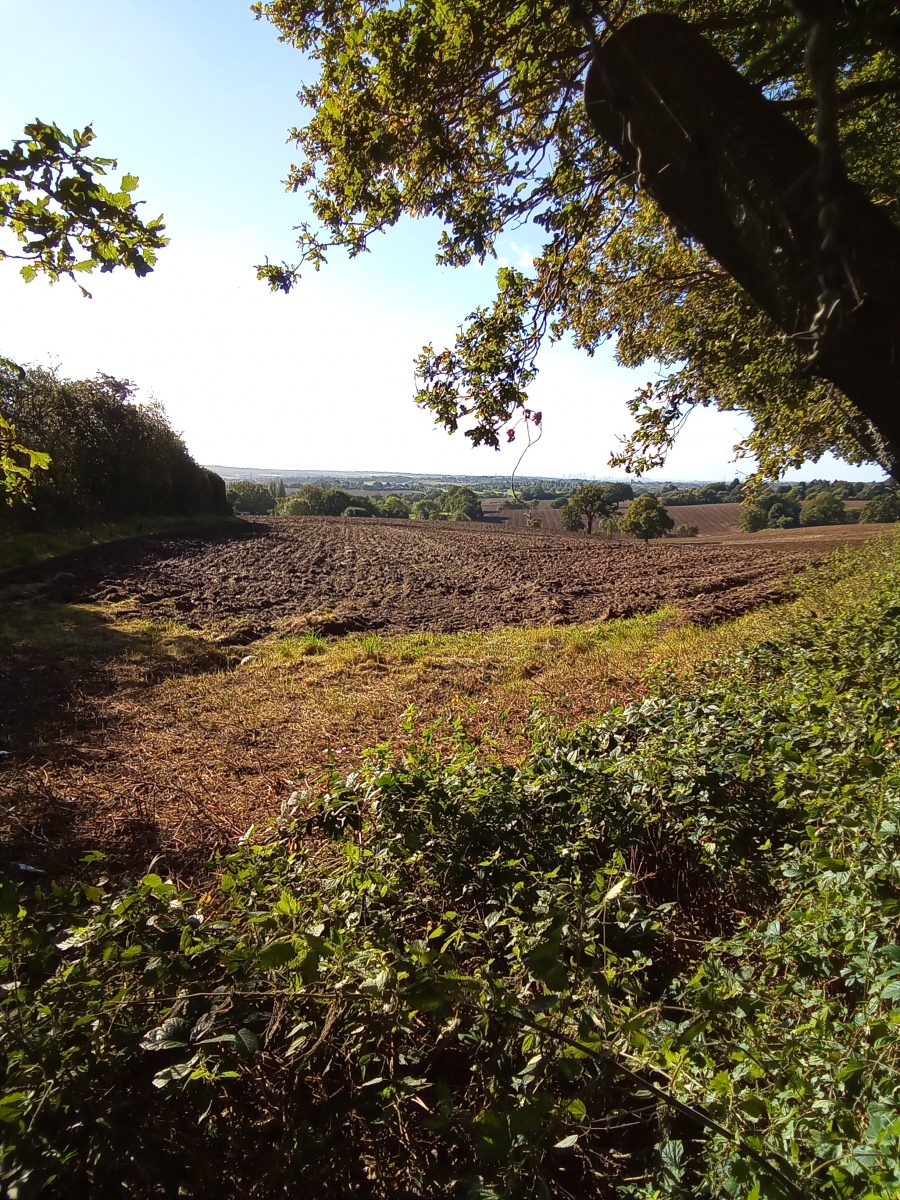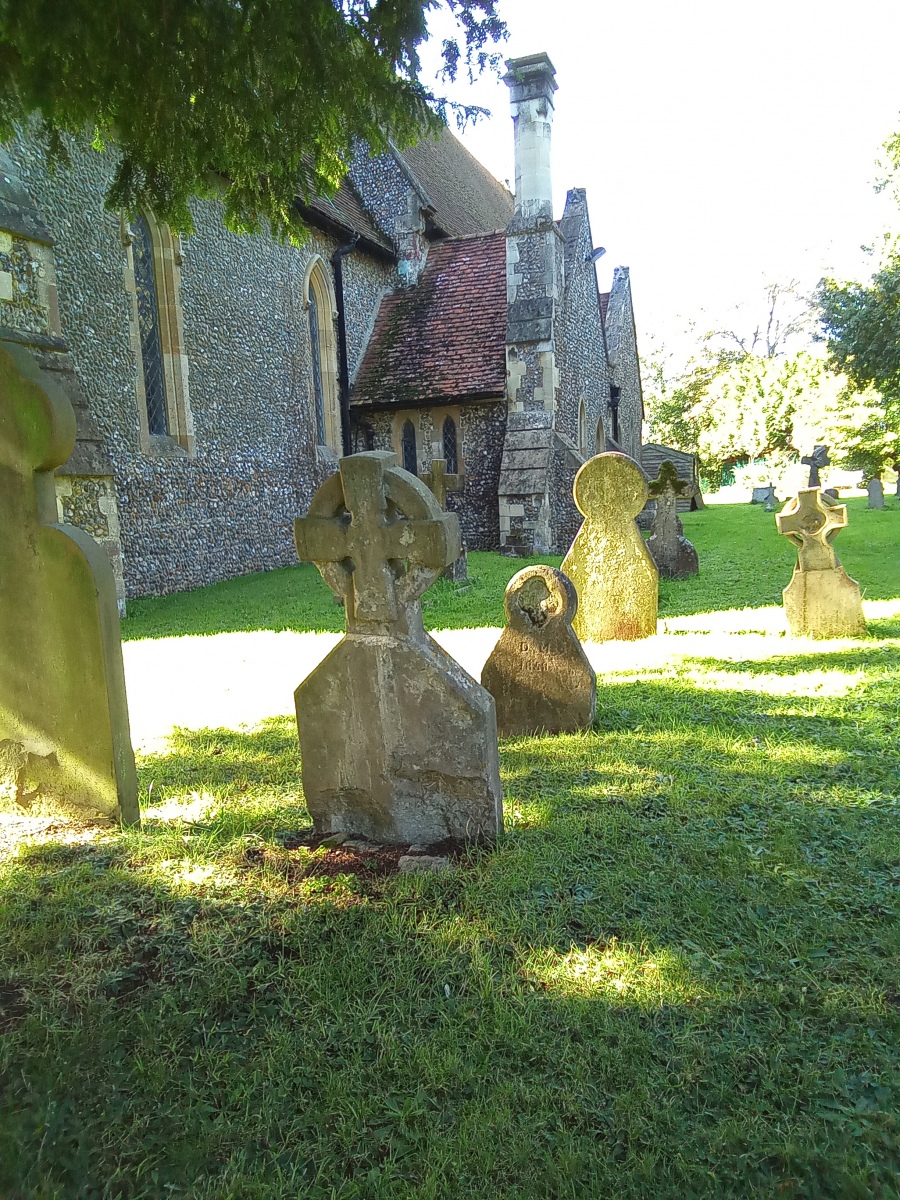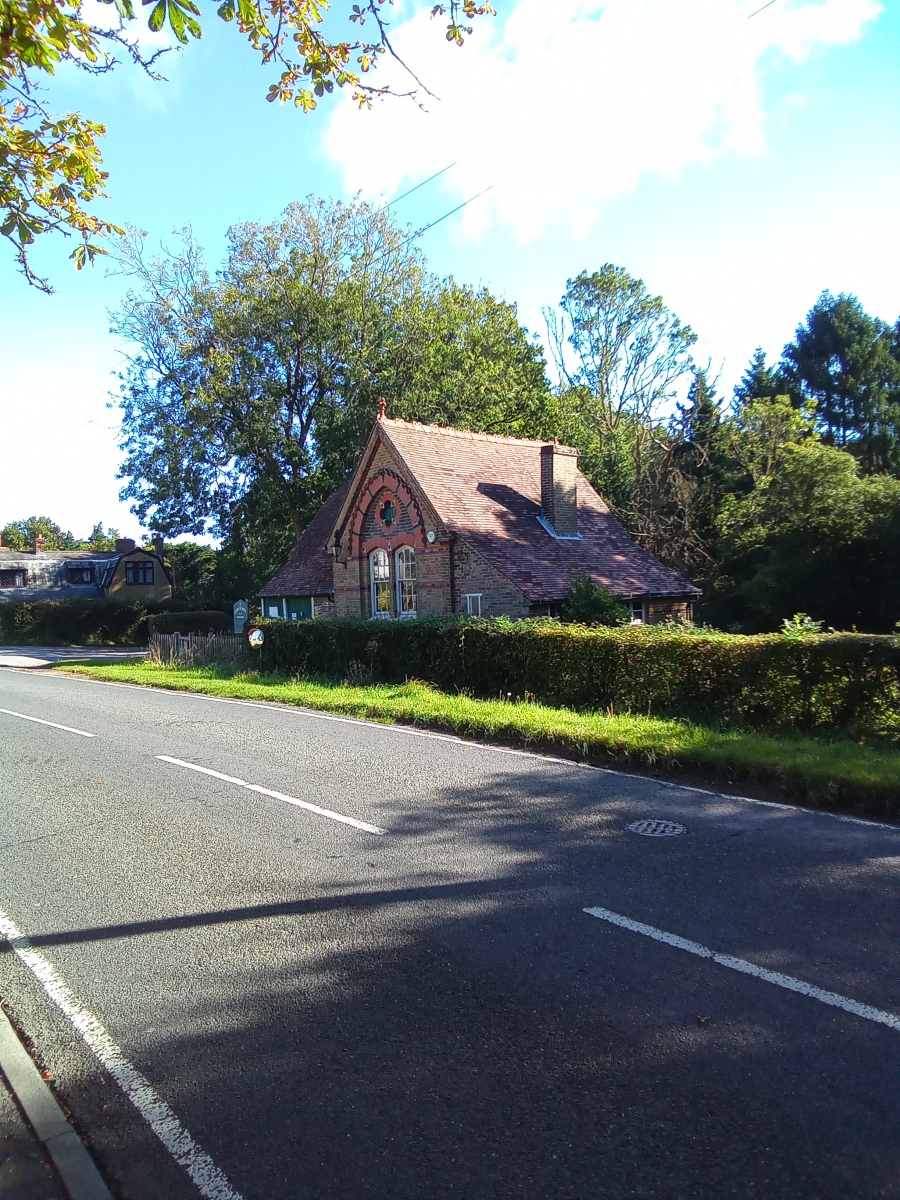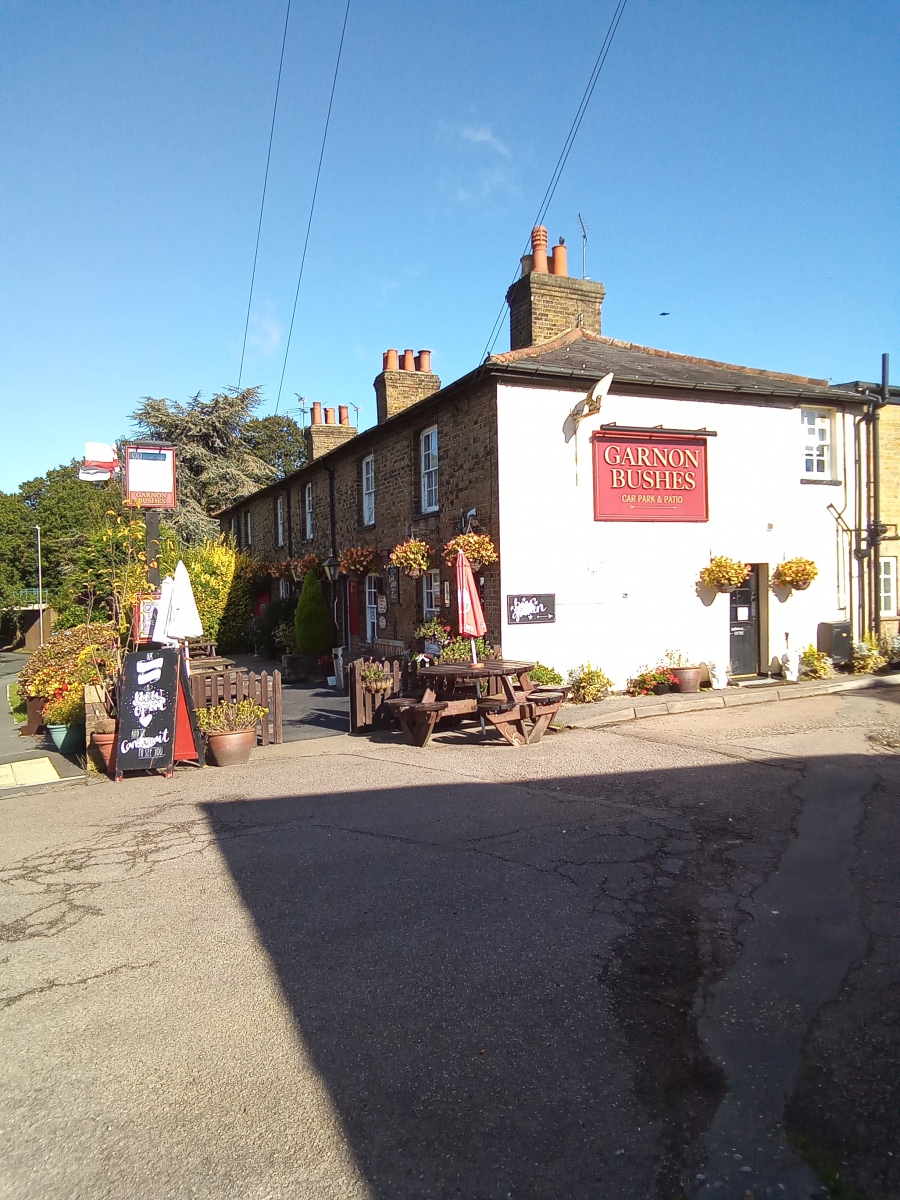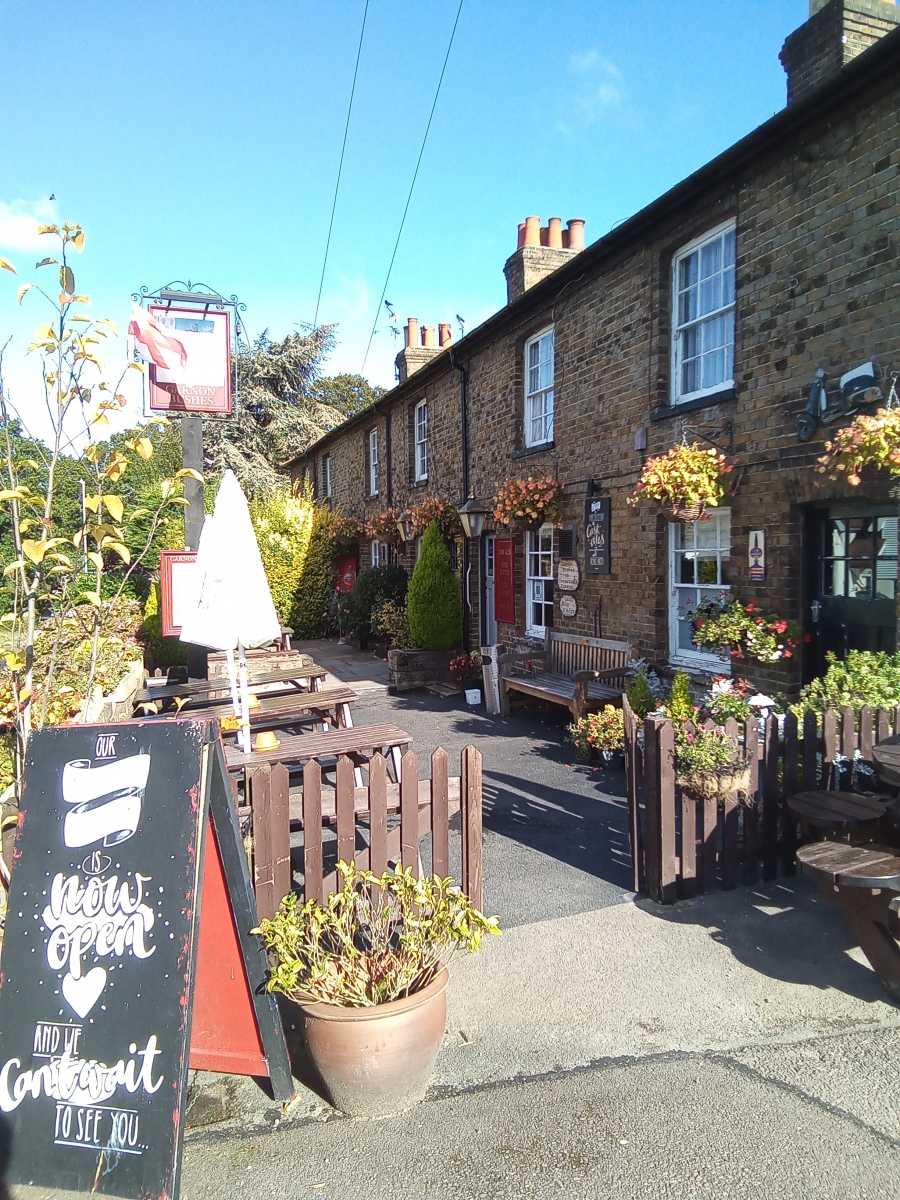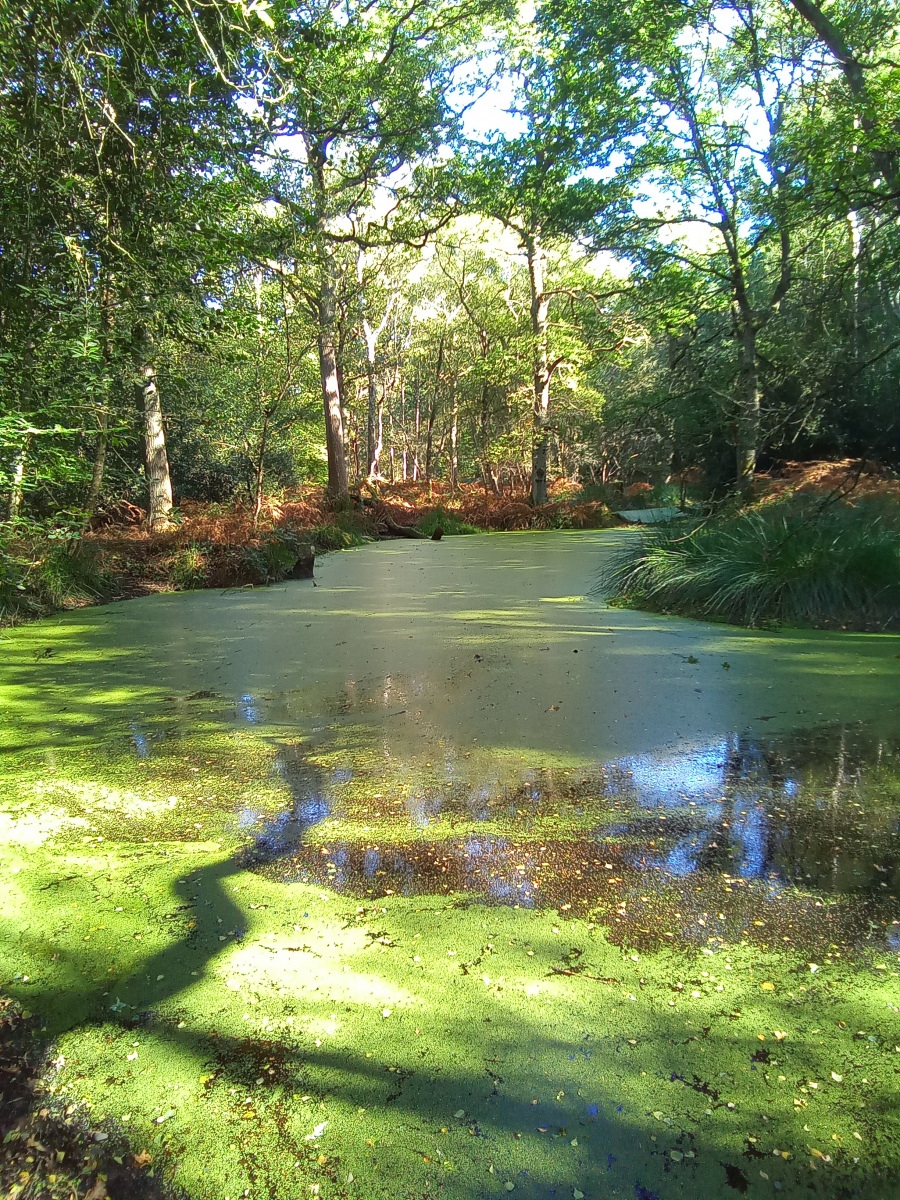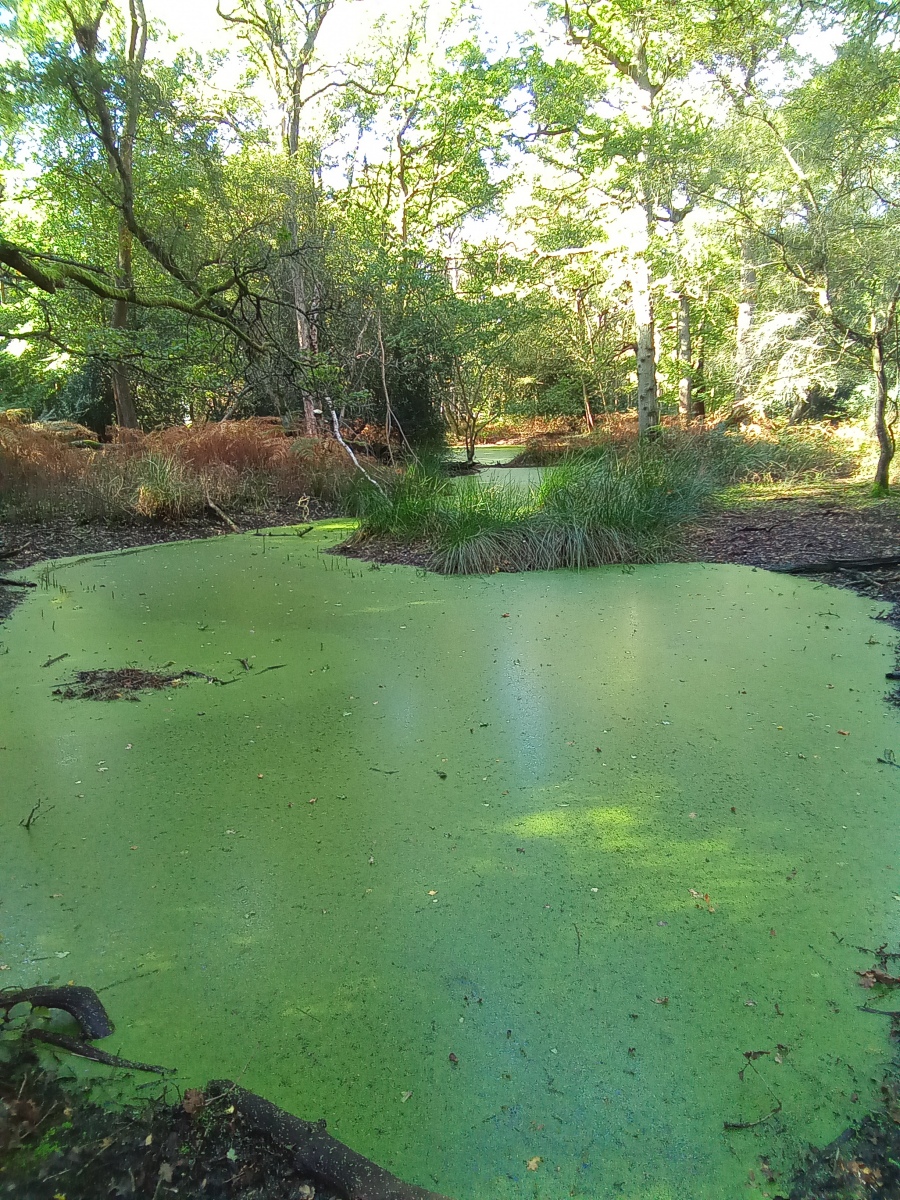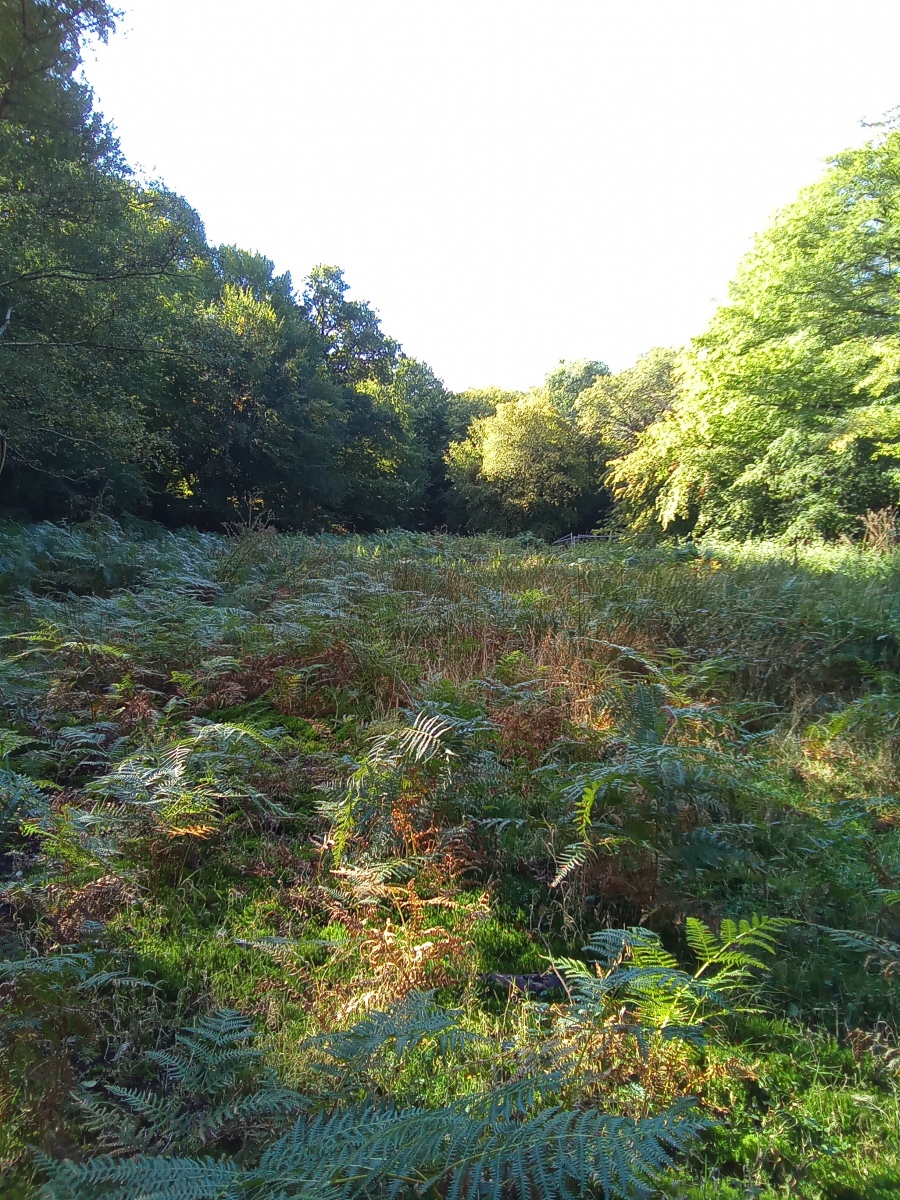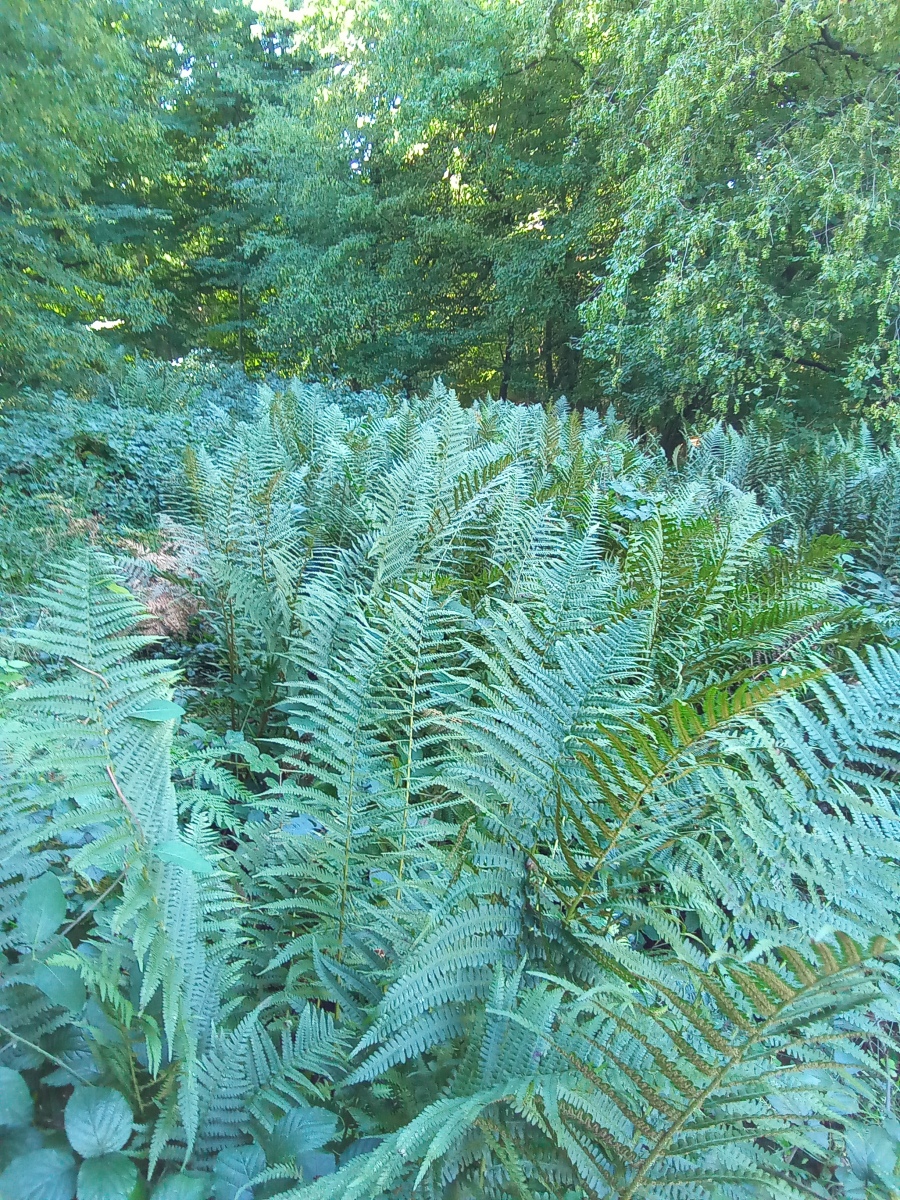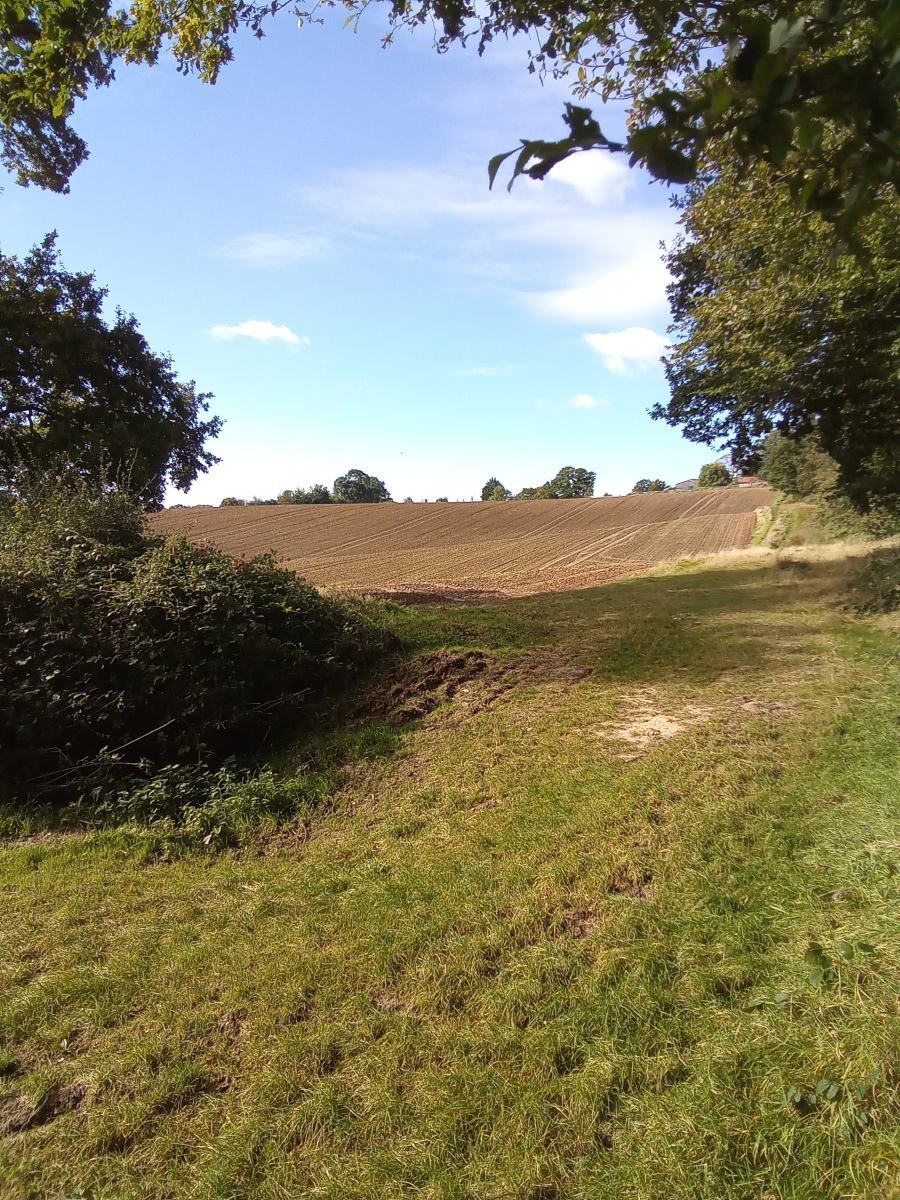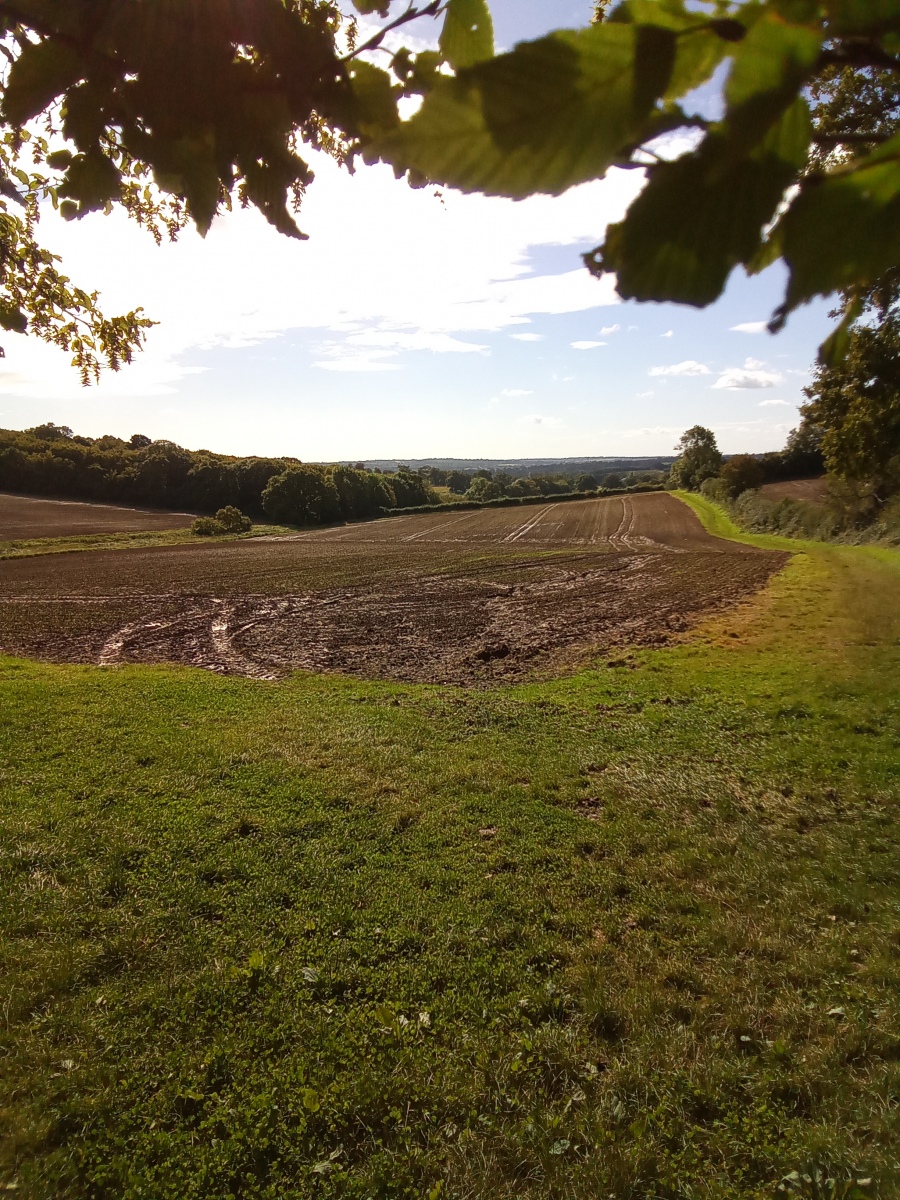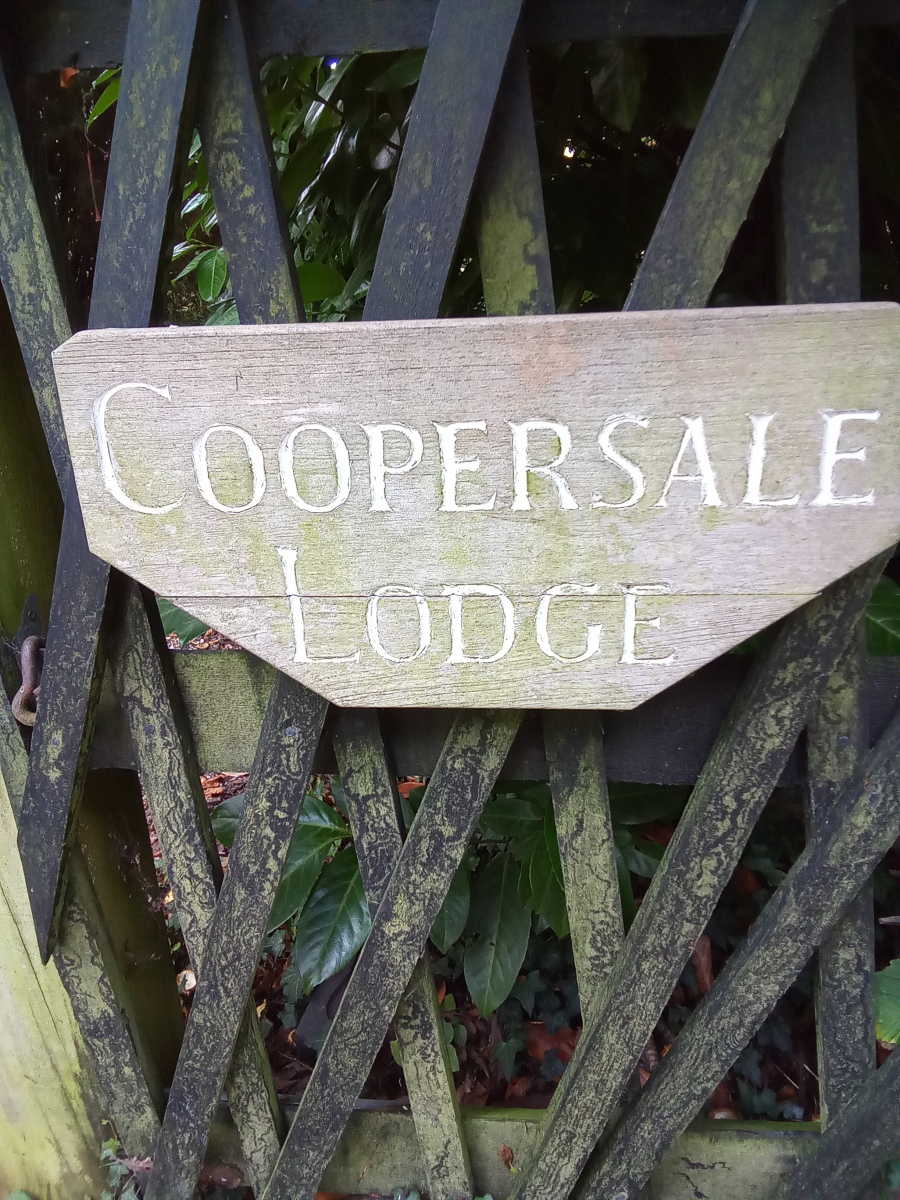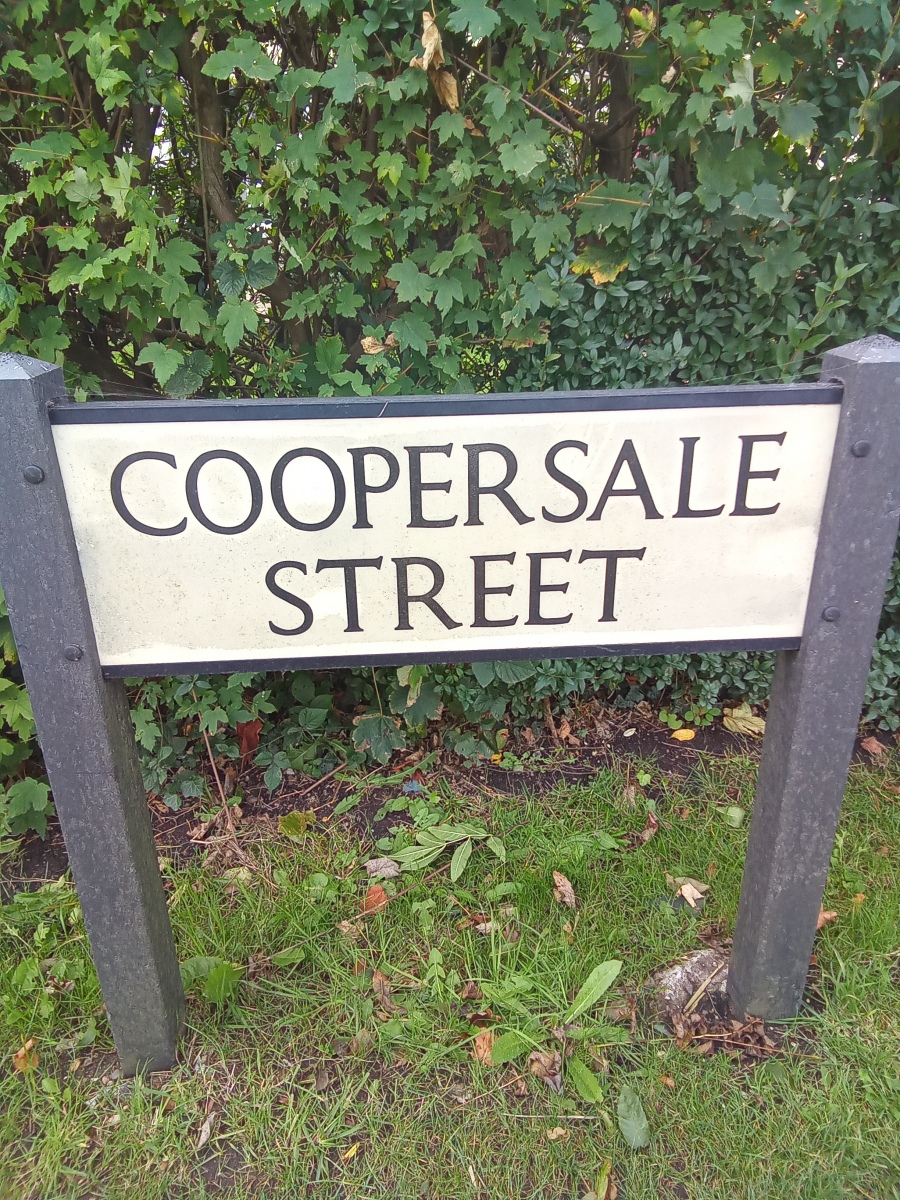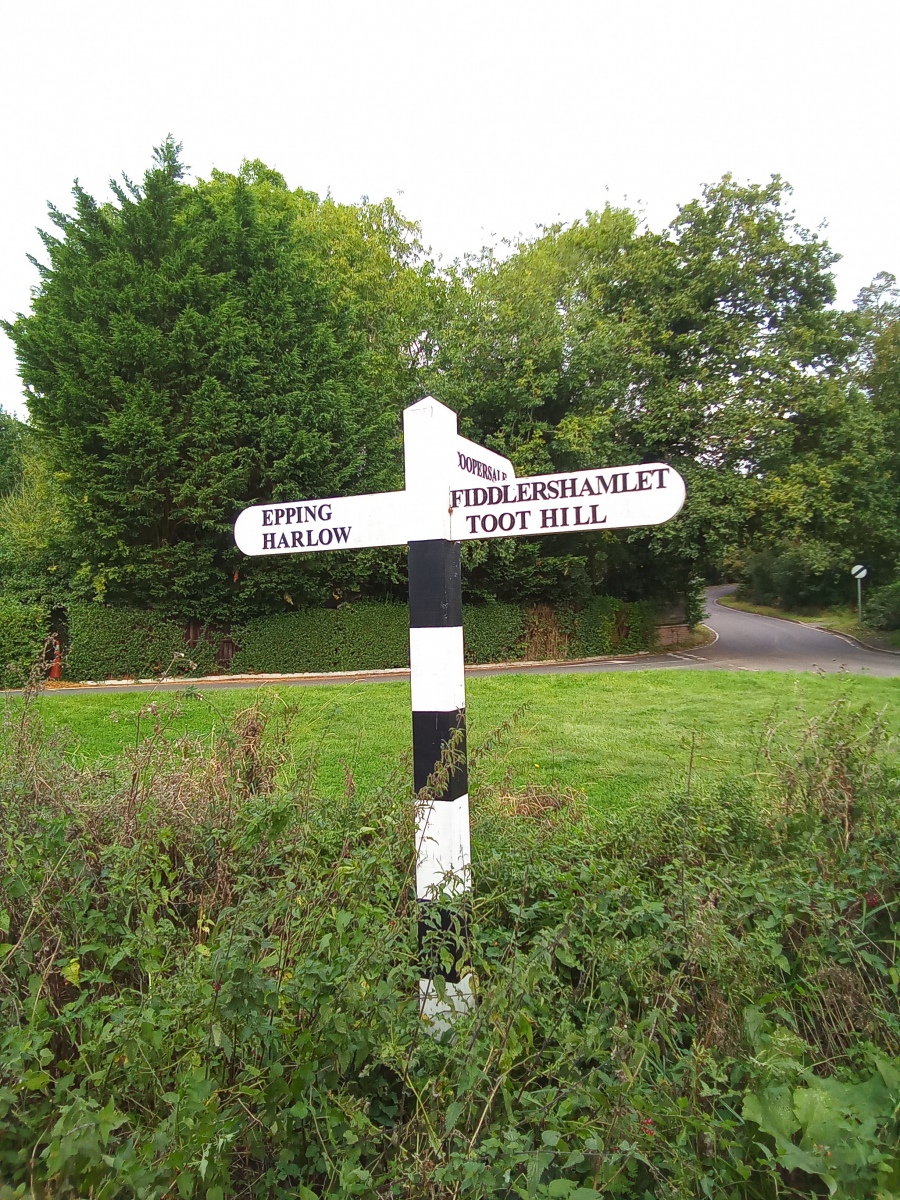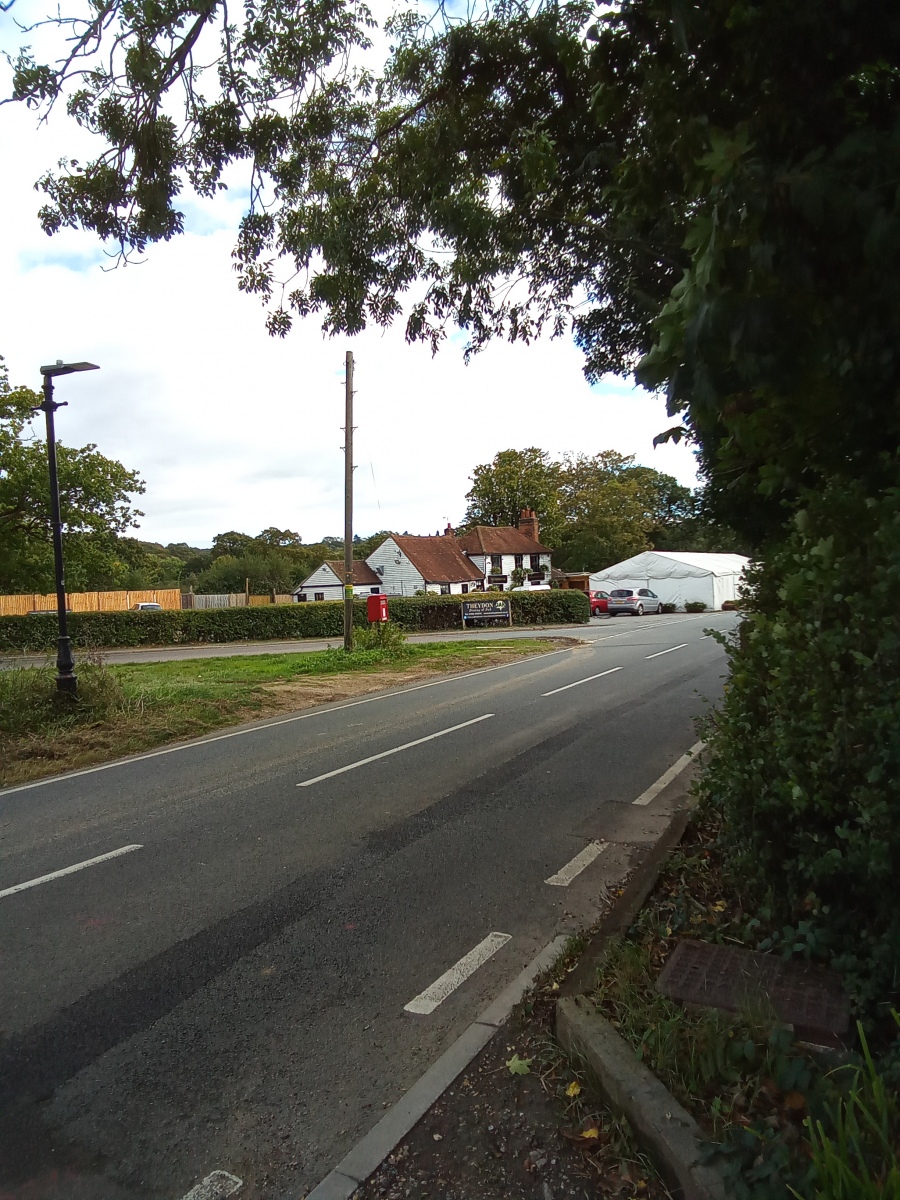
Gernon Bushes
The Gernon Bushes nature reserve is part of the Epping Forest Site of Special Scientific Interest situated to the east of Coopersale village at the top of Coopersale Common on a ridge of high ground, at just over 100 metres above sea level. The site is described as the last remaining fragment of the old Coopersale Common and covers an area of approximately 32 hectares. It is managed by Essex Wildlife Trust. This is ancient woodland pasture which once linked Epping forest to Ongar great wood forming a continuation of the great forest of Essex. Although veteran Oaks are very thin on the ground at this location, there are countless ancient Hornbeam pollards and coppice stools estimated to be many hundreds of years old.
Ordnance survey map credit to Essex County Council
https://www.essexhighways.org/getting-around/public-rights-of-way/prow-interactive-map
The nature reserve is surrounded by some beautiful countryside and has a number of unique features which combine to create some of the most scarce habitats in this corner of Essex. Inside the nature reserve there are some surprisingly high ridges and deep valleys which form wetland habitats, some of which are natural while others are man made former gravel extraction pits. A number of the historic gravel pits have become naturalised as woodland ponds and peat bogs. Some natural springs rise from the high ground forming streams to feed a series of bogs, one of which is home to the incredibly special Marsh Fern. Thought to be the only member of its genus in Great Britain, this now nationally scarce fern can only thrive well in the immediate vicinity of peat bogs and ditches which never dry out and is found in very few locations in Essex. Most sites where it does occur will be considered Sites of Special Scientific Interest where it can be monitored to protect it from habitat loss.
Sphagnum Moss grows in some of the bogs at Gernon Bushes. Some types of Sphagnum are extremely rare and protected under the Wildlife and Countryside Act. These primitive plant forms prevent organic matter from breaking down quickly and play a key role in creating peat, a process which can take hundreds of years and stores carbon in the ground. They are capable of holding many times their own weight in water and keep the bog moist even when the surrounding area dries out. Evidence suggests that Sphagnum Moss is capable of reaching across onto drier areas and influencing the surrounding habitat to its advantage, thus limiting the species of plants able to grow nearby to fellow peat loving types less likely to out compete the slow growing moss.
Bog Bean is another notable plant species which has been recorded growing in the nature reserve. This is another species which depends on a continuous water supply around its roots to survive. Although this is fairly widespread in the north and west of the UK where it has strongholds, it is considerably more scarce in the east and can consequently only be found at a limited number of sites in Essex. In some European countries this has been used in place of hops to flavour beer and is said to contain compounds with a similar intoxicating effect on domestic cats to Catnip.
Butchers Broom (Ruscus) can also be found growing in Gernon Bushes. This is considered an ancient woodland indicator species as it cannot easily spread or start new colonies in younger woodland, so where it does occur it can reasonably be expected that there has been a continuous cover of woodland over a very extensive period of time. Often tolerant of the densest shade this is an easy plant to overlook as it tends to grow in the darkest more remote spots where not much else can thrive.
Many migrant and resident bird species can be found in the nature reserve, with Sparrowhawk known to breed here. Mammals are also well represented with both Fallow deer and Muntjack, as well as foxes and bats known to be present. There is also a significant population of resident Badgers at Gernon Bushes, if you know where to look you may be lucky enough to catch a glimpse of these secretive creatures. A number of smaller reptiles have also been recorded. The many varied habitats here provide numerous opportunities for even the more specialised invertebrate species to thrive, and in autumn the woodland comes alive with a rich and colourful display of interesting fungi among the autumn hues.
A number of public rights of way cross the nature reserve, one of which is the Essex Way which crosses a footbridge over the M11 motorway into Ongar great wood. Following public footpath number 26 (Epping) east from the rear of the church hall at Coopersale takes you through the south west corner of Gernon Bushes before running along the southern edge of the nature reserve to join public footpath number 2 (theydon garnon), which leads south out of the edge of the woods and onto the top of Coopersale Common.
Coopersale Common
It is here you get the full measure of just how high above sea level this location is, in the magnificent views south as the land drops sharply down into the Roding Valley. To the left in the foreground is Redyn’s wood, a tiny remnant of ancient coppice from the old common. To the south there are uninterrupted panoramic views over the Roding Valley and far beyond. This marks the very edge of the Epping forest ridge and the wonderful sloping countryside here would once have been beneath the Anglian ice sheet. The geology on the common is really quite interesting. At the bottom of these slopes of arable farmland stone formations can be found which would usually be associated with prehistoric beaches, offering a fascinating insight into the forces which created these rolling hills that stretch as far as the eye can see. From this vantage point it is easy to forgive the noise of the nearby M11 motorway as you absorb the scenery before you of seemingly endless wooded slopes and green fields. Some of the finest sunsets can be viewed up here from a convenient bench on the edge of the woods overlooking Coopersale Common. Parts of the distant city skyline are visible from here and on a clear day it is just possible to make out the north Kent hills. Outside of the Epping Uplands a couple of miles to the west, it really doesn’t get much better than this for countryside views.
It is unsurprising to learn of an ancient history as a rural parish here given the expanse of arable farmland on the common. The long walk downhill along the centre of the common is a very pleasurable one with hedgerows to one side and open farmland to the other. This landscape offers some of the most spectacular views over the Roding Valley in the area which certainly do not disappoint. Equally enjoyable are the views from a static position at the top of the common along the southern edge of Gernon Bushes where it is easy to forget the time while taking in the long and distant views across the valley. A stream runs south along the length of the common from the springs up in the nature reserve, eventually finding its way to the river Roding. Some parts of the common are still used for livestock grazing so dogs should be kept on leads here.
There have been dwellings at Coopersale for centuries. The original settlement was a sparsely populated hamlet, with a scattering of houses in the current village. Most other houses were centered around Houblons Hill and Coopersale Street, with more further south at Fiddler’s Hamlet. This was once within the ancient parish of Theydon Garnon, the names Gernon and Garnon were interchangeable as the names of the Gernon family who owned much land in the area. Coopersale itself was sometimes referred to as Theydon Garnon. Theydon was thought to mean ‘Valley where thatch material grows’, although this would be more relevant to the lower ground on the valley floor around present day Theydon Garnon and Theydon Bois. Theydon Garnon appears in the Doomsday Book as Taindena/Teidana.
Although much of Coopersale was built from the 18th century onwards, many older listed buildings survive outside of the main village and the ancient manor of Gaynes Park across the M11 to the east is known to have been occupied by its Lords of the manors as far back as the 14th century. Maps from the early 19th century show that in the north of Gernon Bushes just inside the railway line where Forest Cottage is today, there was an isolation hospital for infectious diseases. A second isolation hospital was just north of the grassy clearing beside Woodlands and roughly where the footbridge crosses the motorway there was a Lodge house and a Well.
Coopersale House to the south was built and owned by the Archer-Houblon family in the late 17th century and its grounds were landscaped by Adam Holt, gardener of Wanstead House. Later in the 17th century Lancelot ‘Capability’ Brown was invited to advise on further landscape works. The Archers had lived in the parish since the 16th century and were credited with building the Church of St Alban The Martyr, the Vicarage and Coopersale School. The Archers took great interest in the education of local children and contributed generously to many charitable causes locally. To the south the beautiful former National school for boys and girls built and funded by Harriet Archer-Houblon in 1850 still remains at the bottom of Coopersale Common as a private dwelling on Coopersale Street close to Fiddlers Hamlet.
Ansons Farm opposite St Alban The Martyr Church in Coopersale was once the home of 18th century actor and theatre manager Samuel Phelps who lived there until his death in 1878. Phelps was perhaps best known for his Shakespeare productions, often playing Hamlet among the many other characters which he considered his greatest stage achievements. Further down the common is Coopersale Lodge on Coopersale Street which dates from the 15th century, part of the building once served as a post office. Across the road is the 18th century Theydon Oak pub and a small cluster of other listed buildings also survive here, namely Dover Court (formerly a hall house), Yeoman’s and Forge Cottage, as well as a listed barn.
Coopersale today is well worth visiting for its nature reserve and splendid scenery from the high ground on the common. Entrances to the nature reserve can be found in Coopersale on Garnon Mead, Brickfield Road and opposite the church behind the village hall. There are small shops in the village and the Garnon Bushes public house can be found just before the railway bridge to the north in the main village. St Alban The Martyr Church is at the south of Coopersale village just before the road drops downhill onto Houblons Hill. Following public footpath number 2 (theydon garnon) south downhill through the common from Gernon Bushes for around half a mile brings you out onto Coopersale Street where you turn right along the verge to the Theydon Oak pub a short distance away. This is a location of many varied interests from the wildlife at the nature reserve to stunning scenery on the common, and quiet reflection in the peaceful churchyard to traditional pub lunches. Parking can be found in Coopersale village but as always this should be done with consideration for local residents.
Further reading from external sources:
